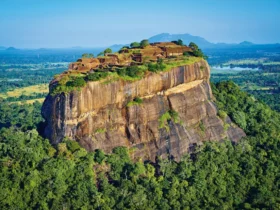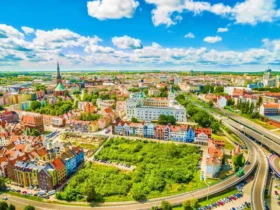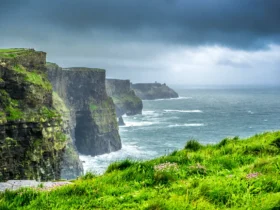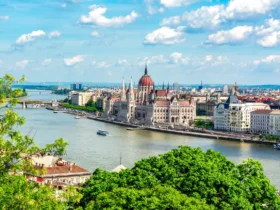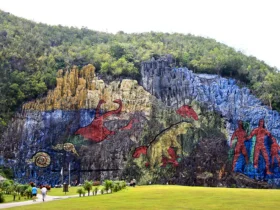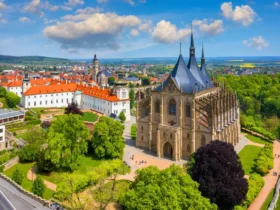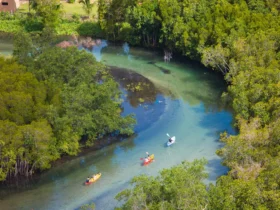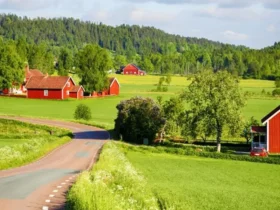Canaima National Park, also known as Parque Nacional Canaima, is a vast national park located in southeastern Venezuela. It was established in 1962 and covers an area of approximately 30,000 square kilometers (12,000 square miles), making it one of the largest national parks in the world. The park is recognized as a UNESCO World Heritage site due to its exceptional natural beauty and unique geological features.
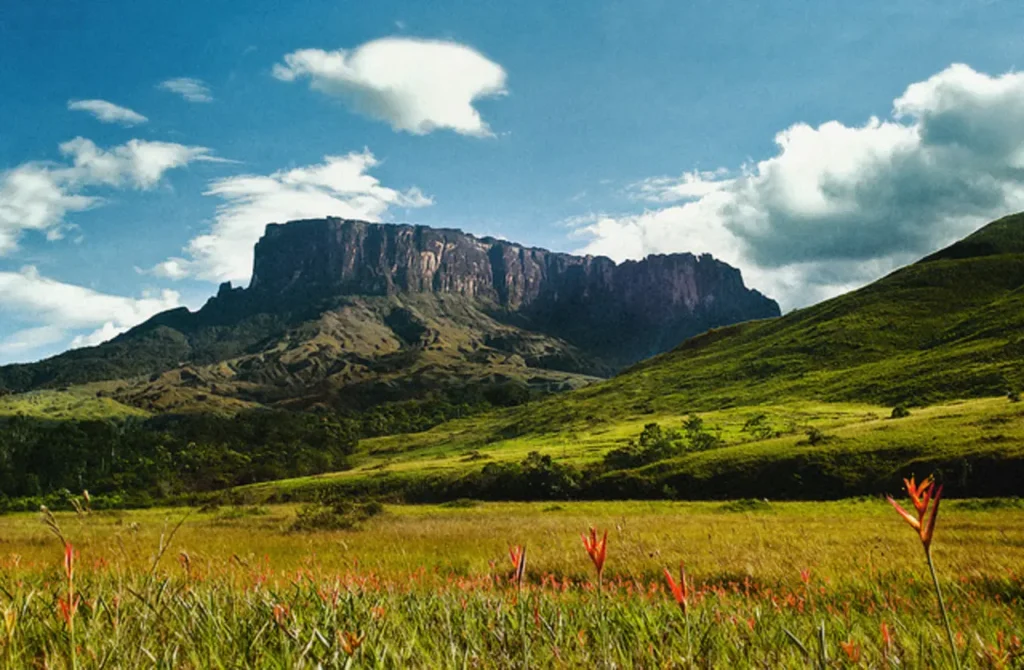
Canaima National Park is renowned for its breathtaking landscapes, which are characterized by towering tepuis (table-top mountains), vast savannahs, dense rainforests, and numerous rivers, including the Carrao, Caroní, and Churún rivers. The park is home to one of the most iconic waterfalls in the world, Angel Falls (Salto Ángel), which is the tallest waterfall on Earth, plunging down from a height of 979 meters (3,212 feet).
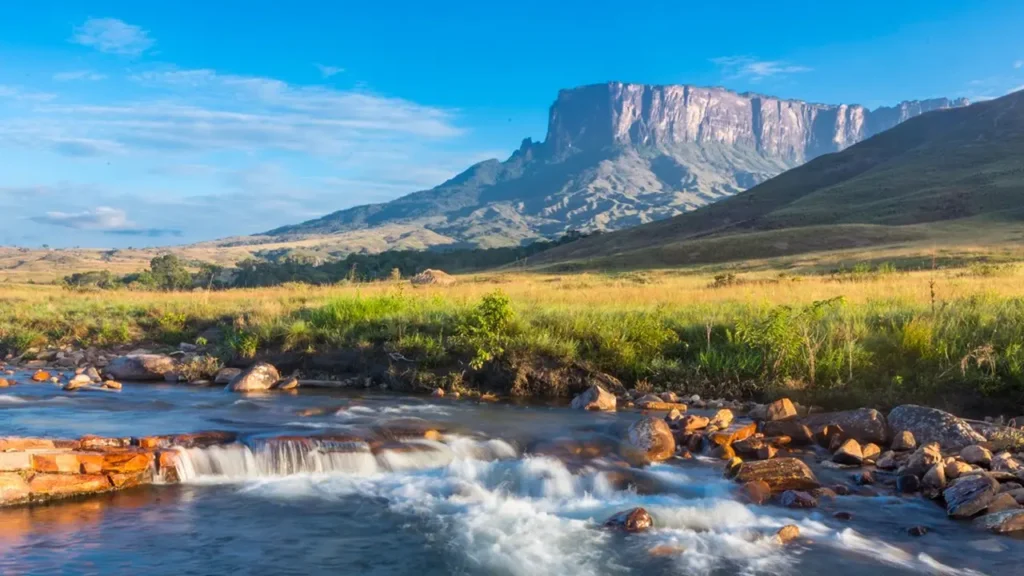
The park’s flora and fauna are incredibly diverse. Its rainforests are rich in plant life, with an estimated 3,000 species of plants, including orchids, bromeliads, and various endemic species. The tepuis, with their unique ecosystems, harbor numerous endemic species of plants and animals that have evolved in isolation on these ancient mountains.
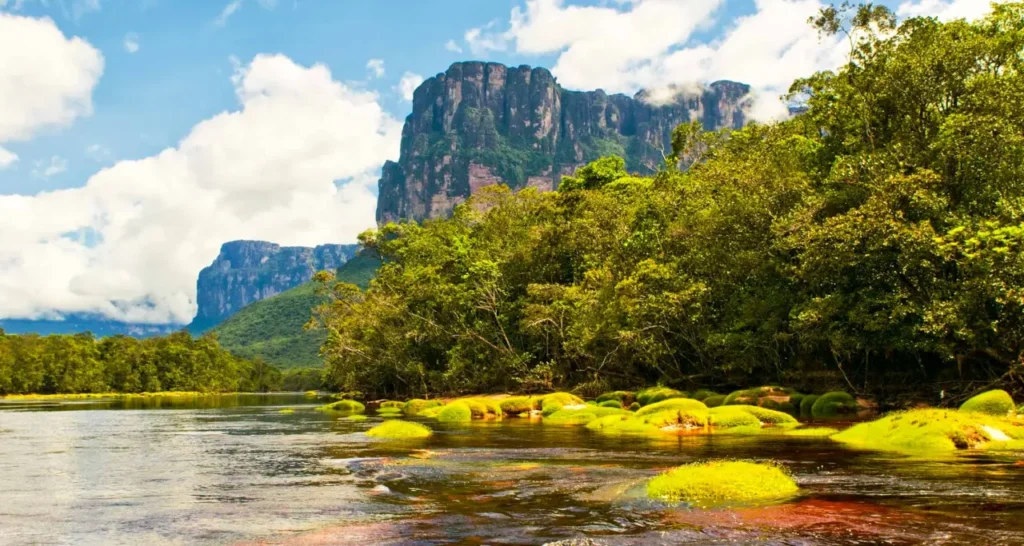
Canaima National Park is also home to a variety of wildlife, including jaguars, pumas, ocelots, giant anteaters, capybaras, tapirs, and several species of monkeys. The park is a paradise for birdwatchers, with over 650 bird species recorded, including the iconic Guianan cock-of-the-rock, harpy eagles, and toucans.
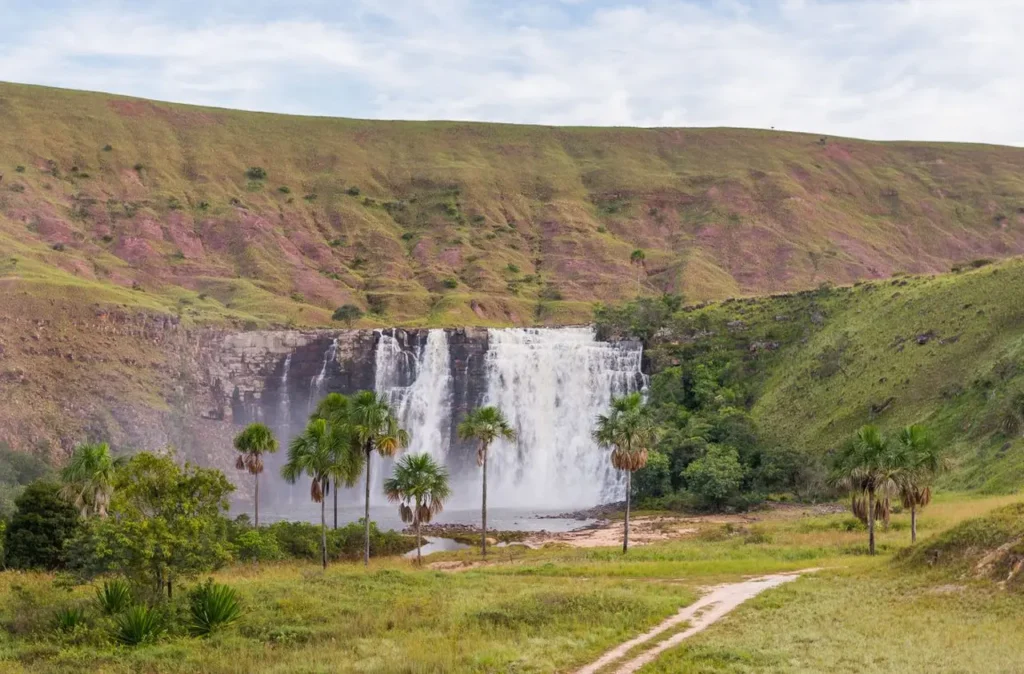
The indigenous Pemon people have inhabited the area for thousands of years and have a deep cultural connection to the land. Their villages can be found within the park, and visitors have the opportunity to experience their rich traditions, crafts, and way of life.
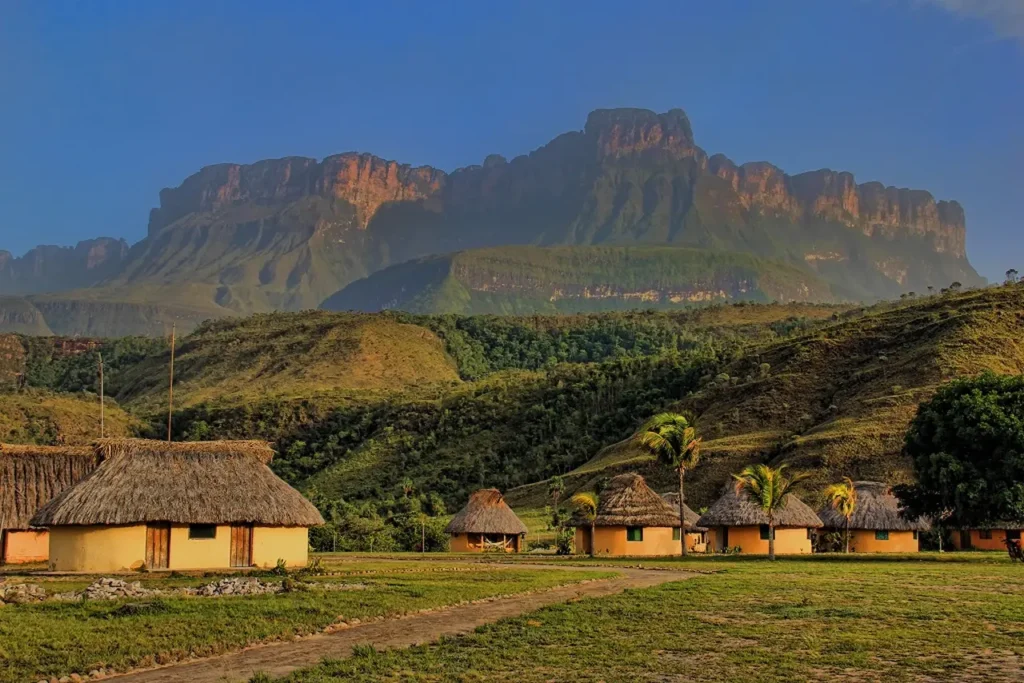
Tourism in Canaima National Park is focused on ecotourism and adventure activities. Visitors can explore the park’s rivers, lagoons, and waterfalls by boat, hike through the rainforest, and even take guided tours to the top of some of the tepuis. The breathtaking landscapes, unique flora and fauna, and the opportunity to witness the mesmerizing Angel Falls make Canaima National Park a truly remarkable destination for nature lovers and adventurers.
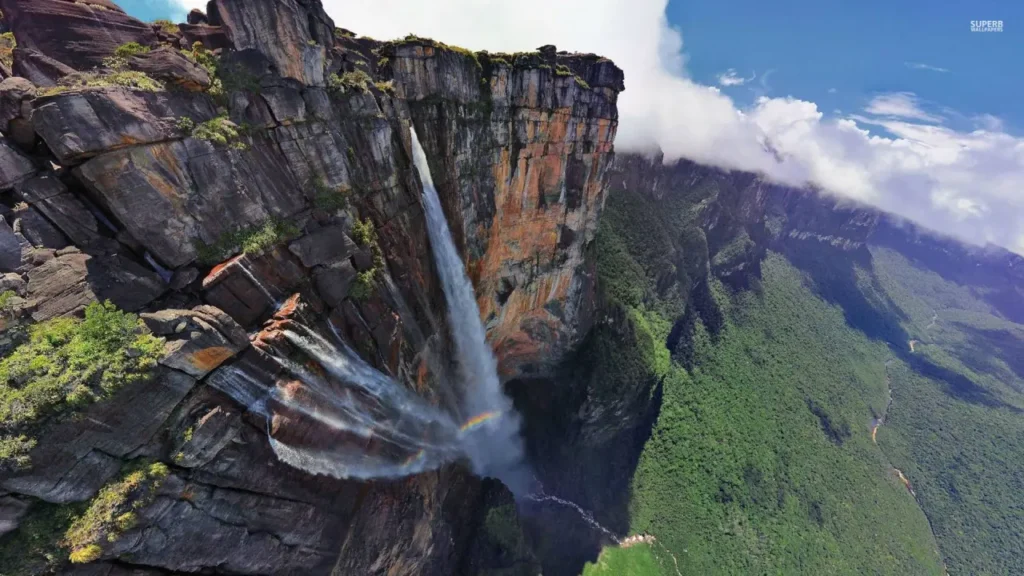
Some beautiful places in Canaima National Park
Canaima National Park is known for its stunning natural beauty and offers several breathtaking places to explore. Here are some of the most beautiful places within the park:
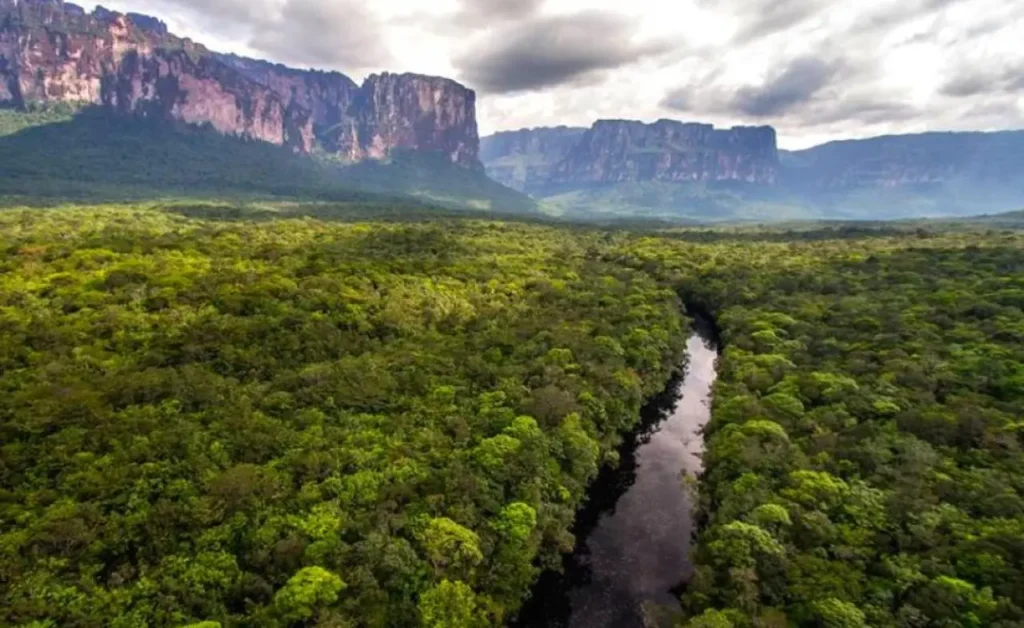
1. Carrao River
The Carrao River is one of the major rivers flowing through Canaima National Park. It originates from the Auyán-Tepui, one of the iconic tepuis in the park. The river meanders through the park, offering scenic views and serving as a lifeline for the local communities and wildlife.
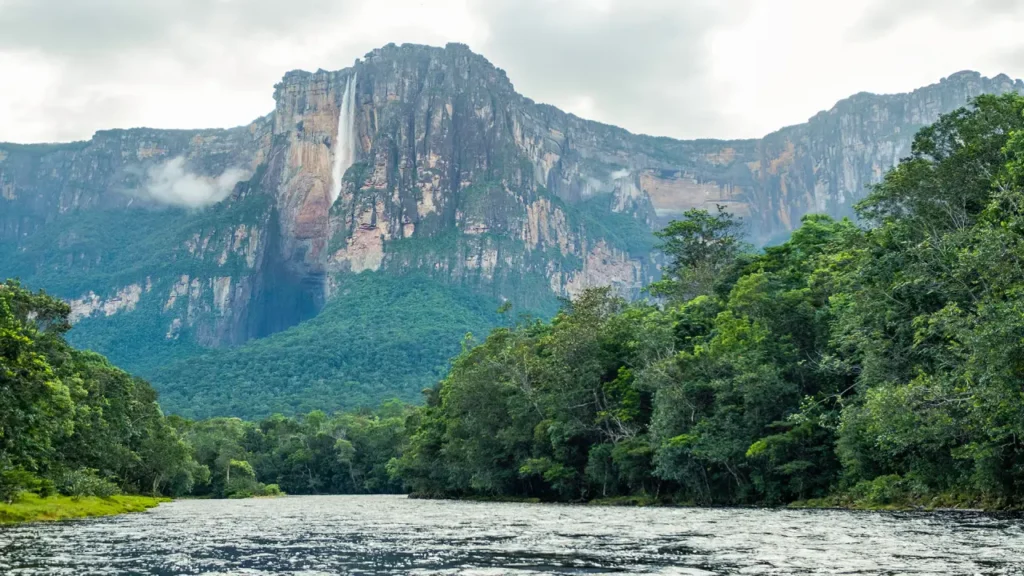
2. Caroní River
The Caroní River is one of the major rivers in Venezuela and also flows through Canaima National Park. It is a tributary of the Orinoco River and is significant for its hydroelectric potential. The Guri Dam, one of the largest hydroelectric power stations in the world, is built on the Caroní River.
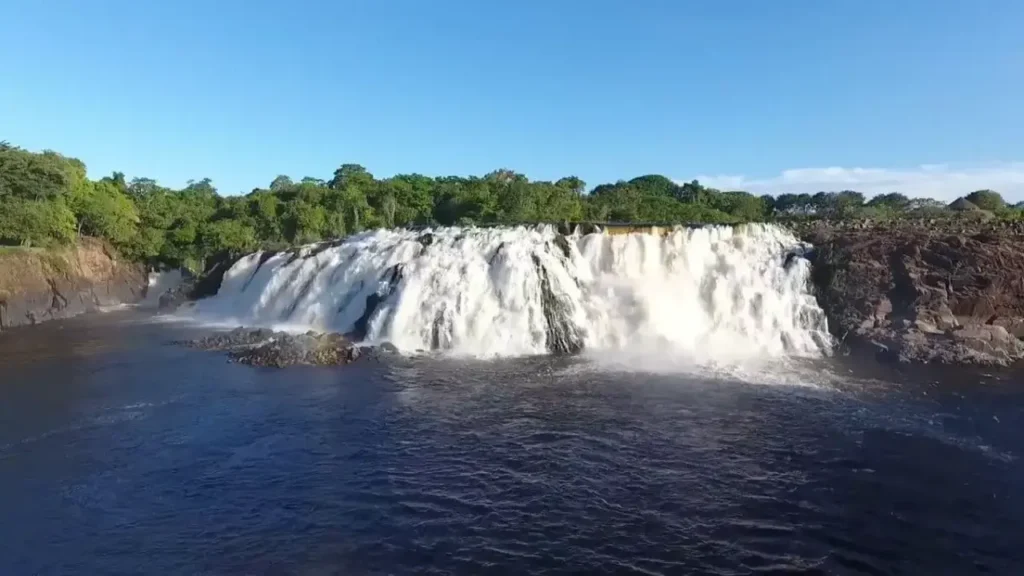
3. Churún River
The Churún River is a tributary of the Carrao River and is particularly renowned for its association with Angel Falls. Angel Falls, the highest waterfall in the world, originates from the Churún River as it plunges from the top of Auyán-Tepui.
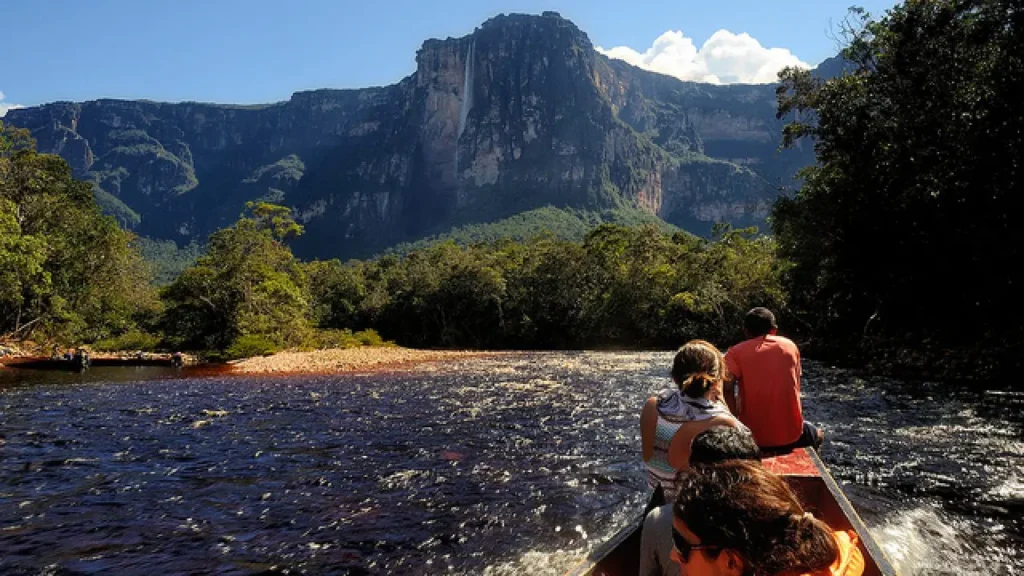
4. Angel Falls (Salto Ángel)
This is the most famous attraction in Canaima National Park and one of the world’s most awe-inspiring waterfalls. It cascades from the top of Auyán-Tepui, the tallest tepui in the park, creating a mesmerizing sight as it plunges into the depths below.
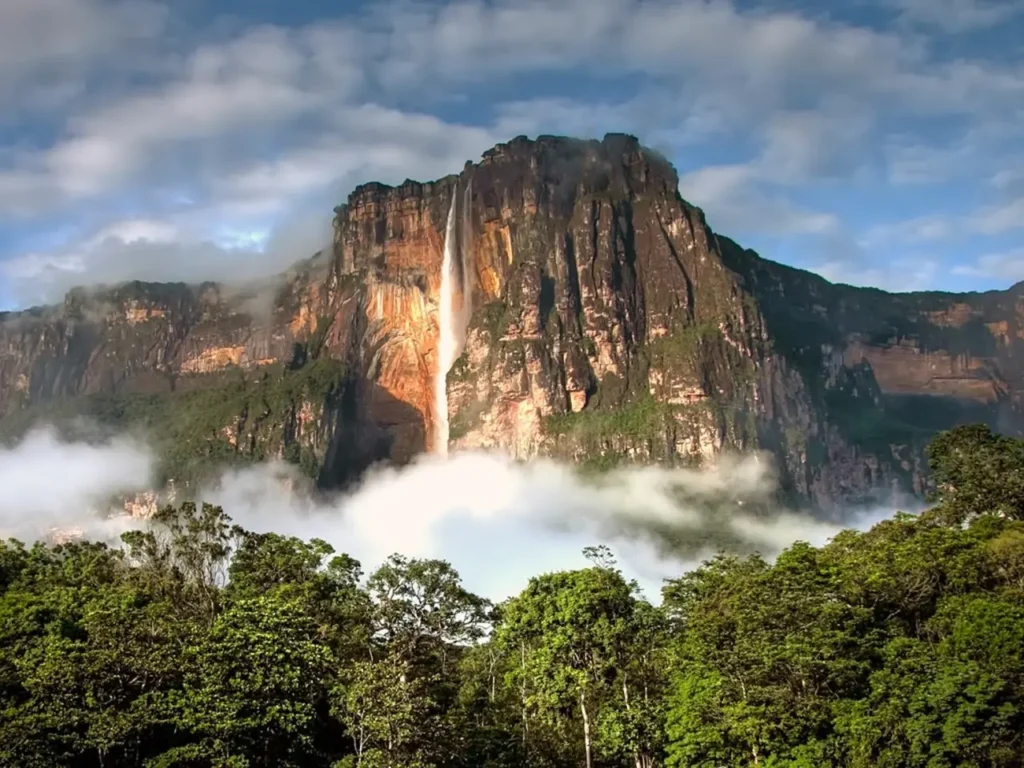
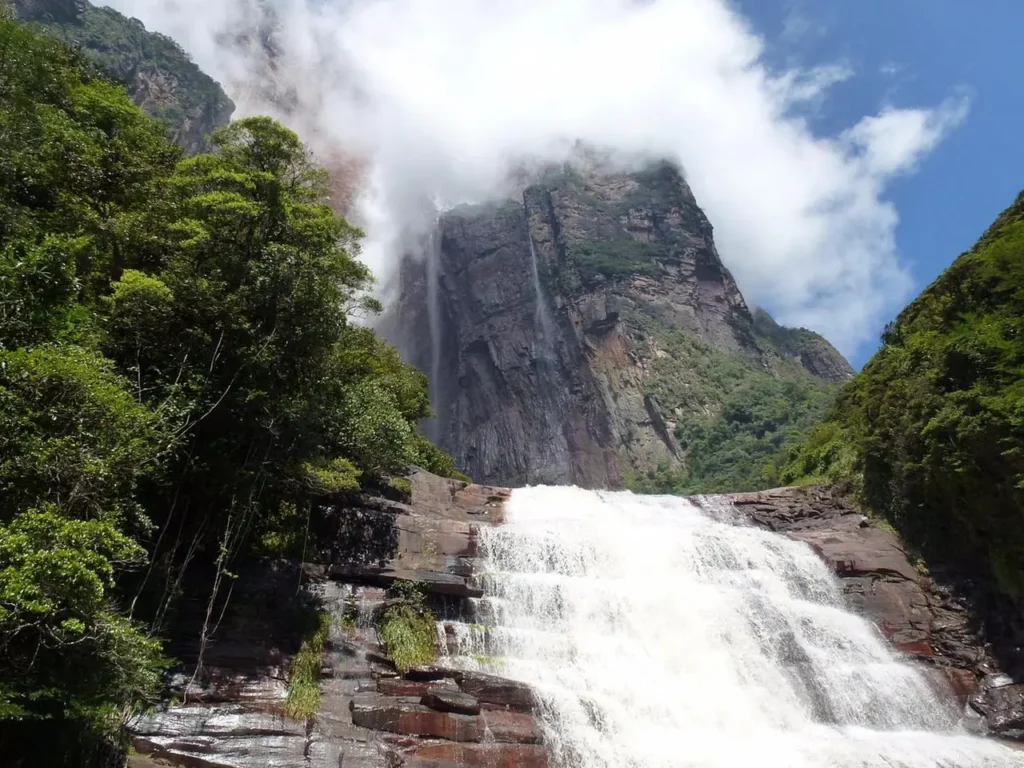
5. Mount Roraima (Monte Roraima)
Located on the border of Venezuela, Brazil, and Guyana, Mount Roraima is a massive tabletop mountain that offers a surreal and otherworldly landscape. Its flat summit is surrounded by towering cliffs and unique rock formations, creating a truly extraordinary experience for hikers and adventurers.
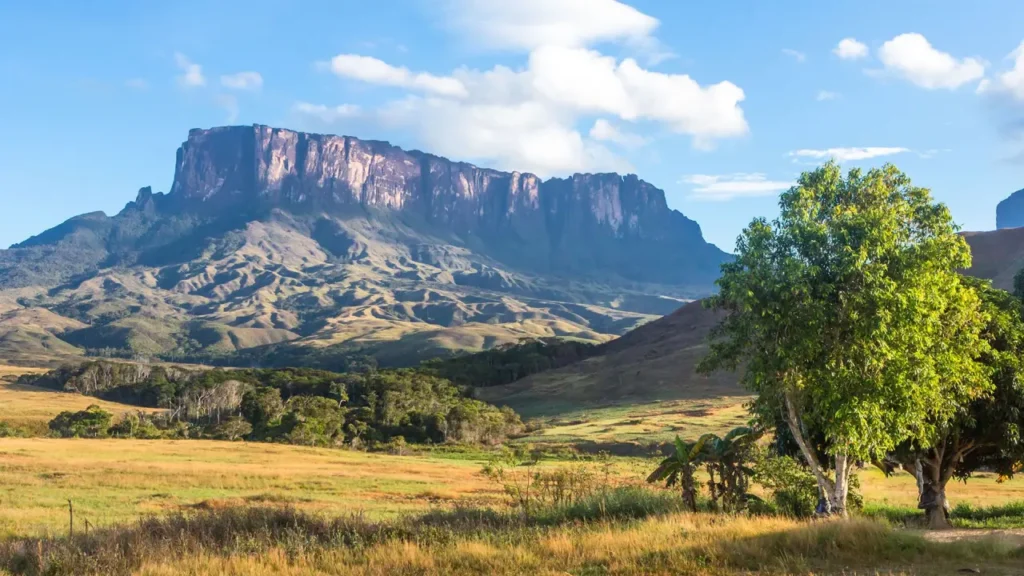
6. Canaima Lagoon (Laguna de Canaima)
The lagoon is a vast body of water surrounded by lush vegetation and sandy beaches. It is a picturesque spot where visitors can enjoy boat rides, swim, and appreciate the stunning views of the surrounding tepuis.
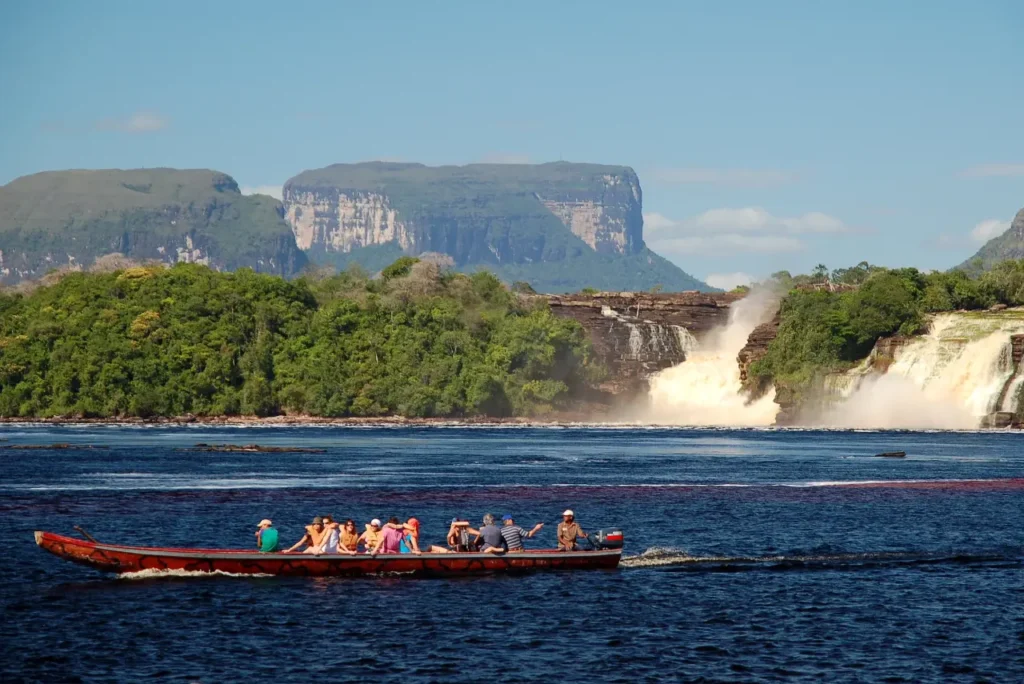
7. Kavac Canyon (Cañón del Kavac)
This impressive canyon features steep walls adorned with vibrant vegetation and a flowing river. It’s a popular spot for canyoning, where visitors can rappel down the canyon walls and swim in the crystal-clear pools.
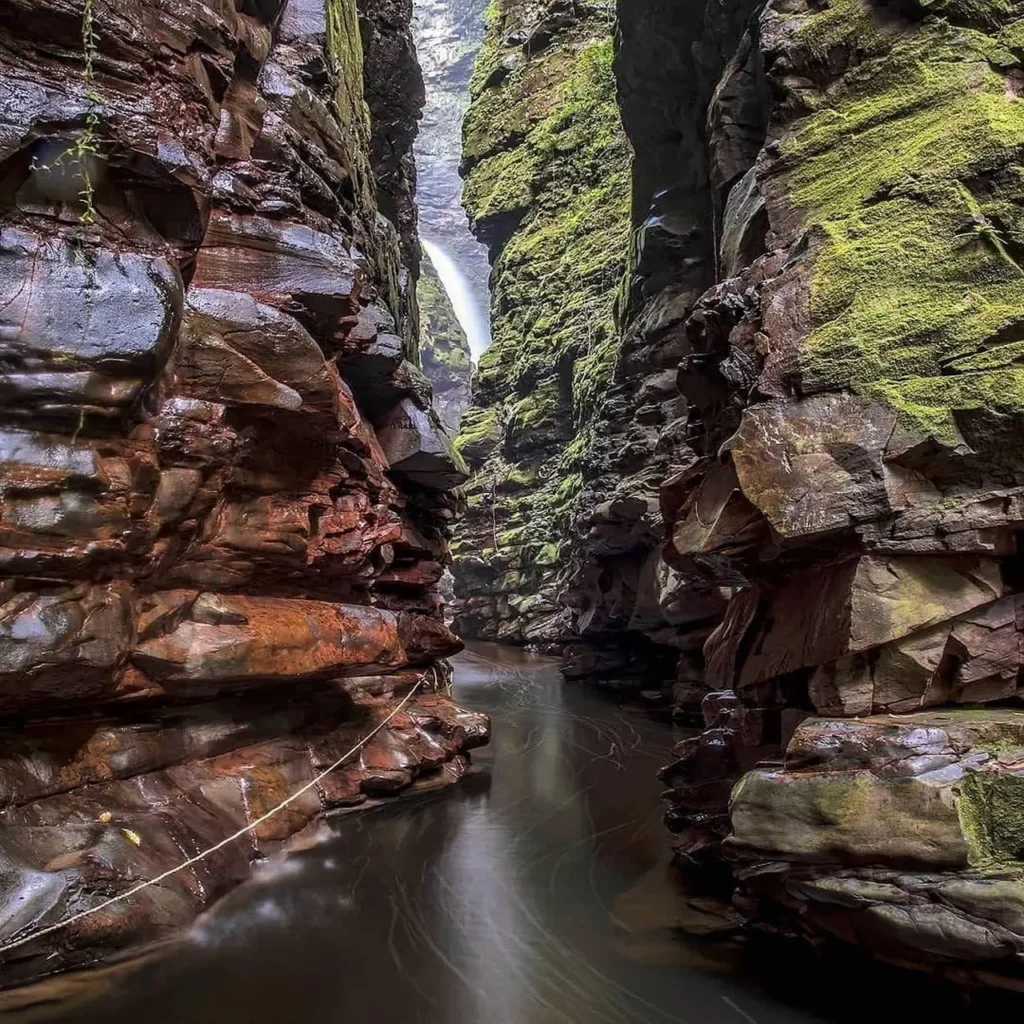
8. Sapo Falls (Salto El Sapo)
This waterfall offers a unique experience as visitors can walk behind the curtain of water, protected by a rocky overhang. It’s an exhilarating adventure that allows you to witness the power and beauty of the falls up close.
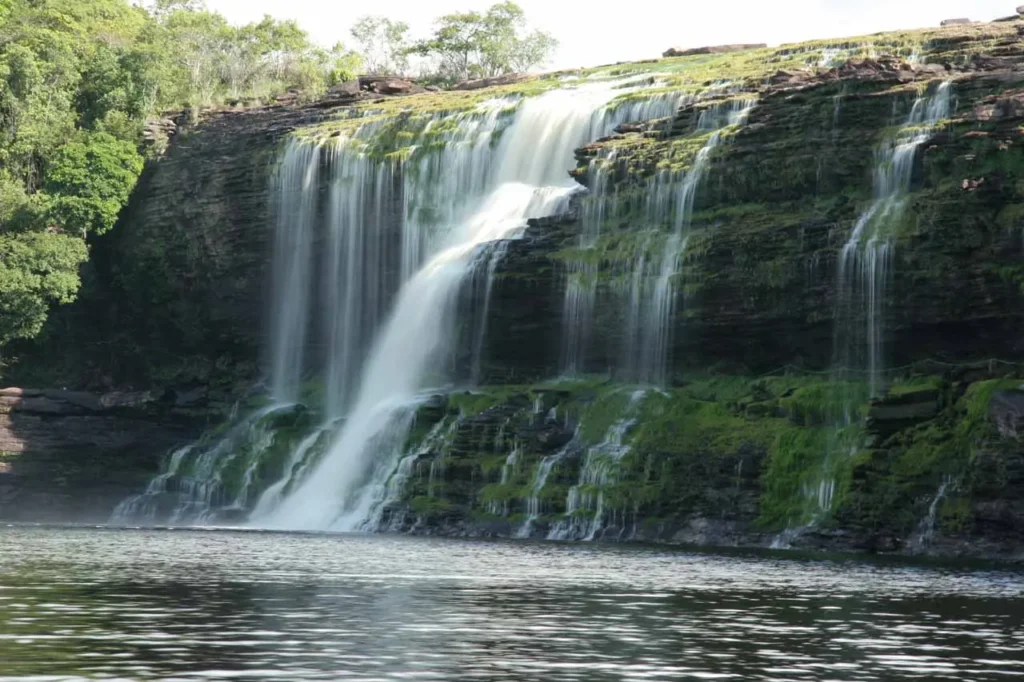
9. Orchid Island (Isla de las Orquídeas)
Situated within Canaima Lagoon, Orchid Island is a small island covered in a variety of orchid species. It’s a haven for orchid enthusiasts and nature lovers who can explore the island’s trails and admire the colorful blooms.
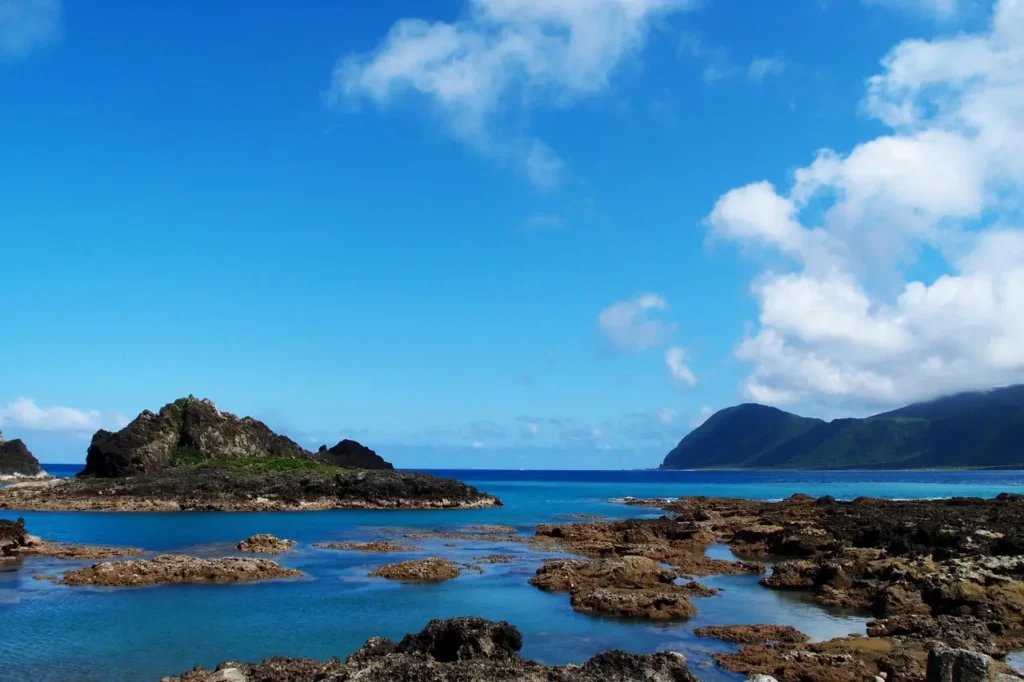
10. Uruyén Indigenous Village
This indigenous village provides an opportunity to learn about the local Pemon culture and their traditional way of life. Visitors can interact with the Pemon people, appreciate their crafts, and gain insight into their customs and traditions.
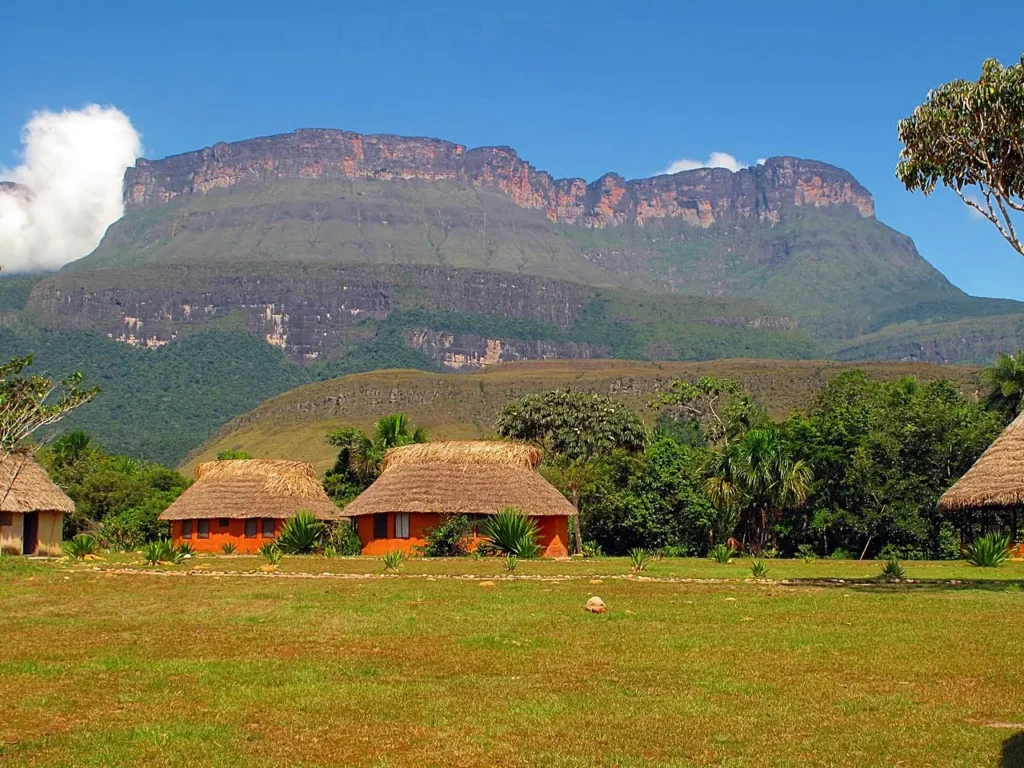
11. Aponwao Falls (Salto Aponwao)
Located on the Aponwao River, this majestic waterfall is another impressive sight within the park. It drops from a height of around 105 meters (345 feet) and is surrounded by lush greenery, creating a picturesque and serene atmosphere.
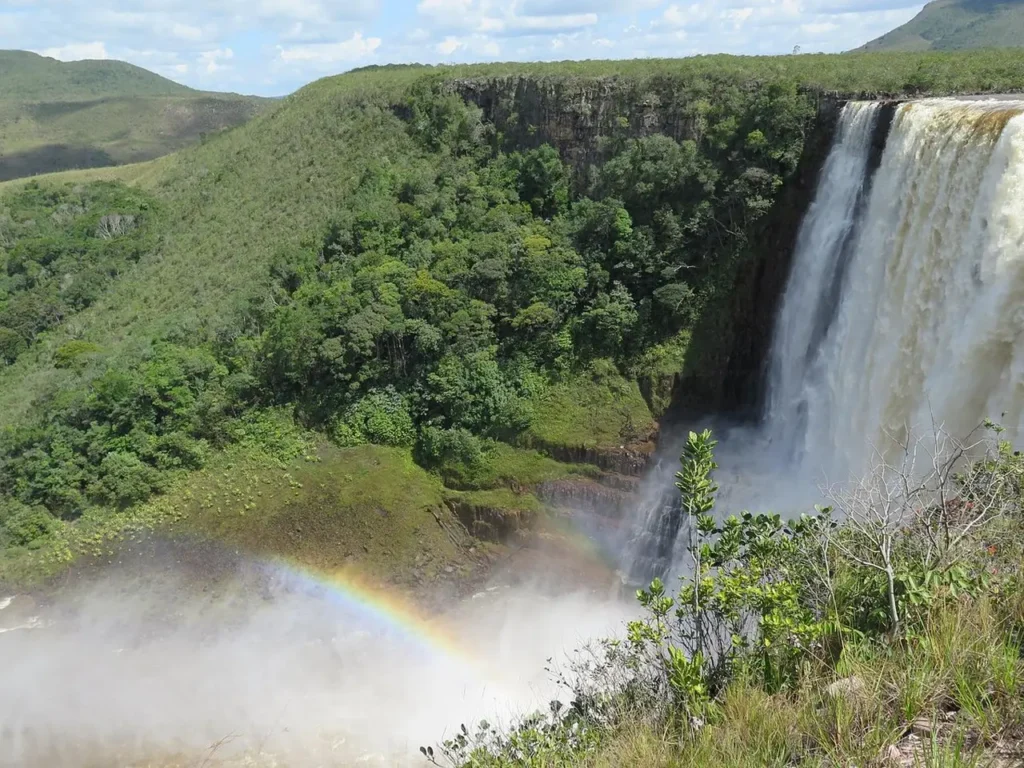
12. Kukenan Tepui
Situated next to Mount Roraima, Kukenan Tepui is another notable tabletop mountain within Canaima National Park. Its distinct shape and rugged cliffs make it a striking sight, particularly when viewed from a distance.
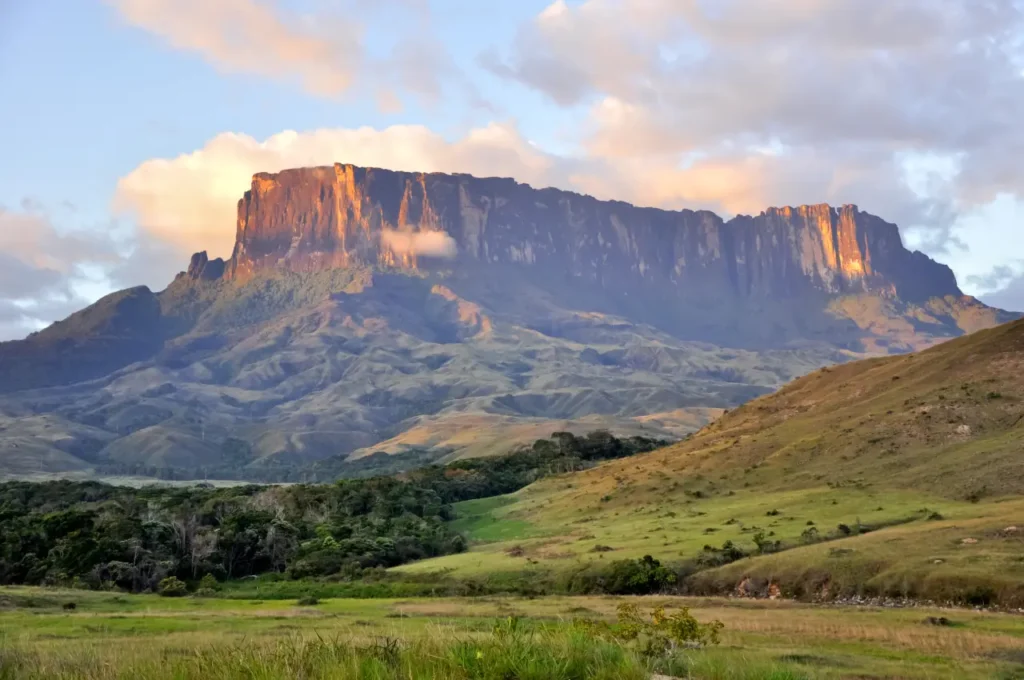
13. Yurwan Tepui
This tepui is known for its unique geological formations and fascinating rock patterns. It offers a captivating landscape that can be appreciated during hikes or from viewpoints within the park.
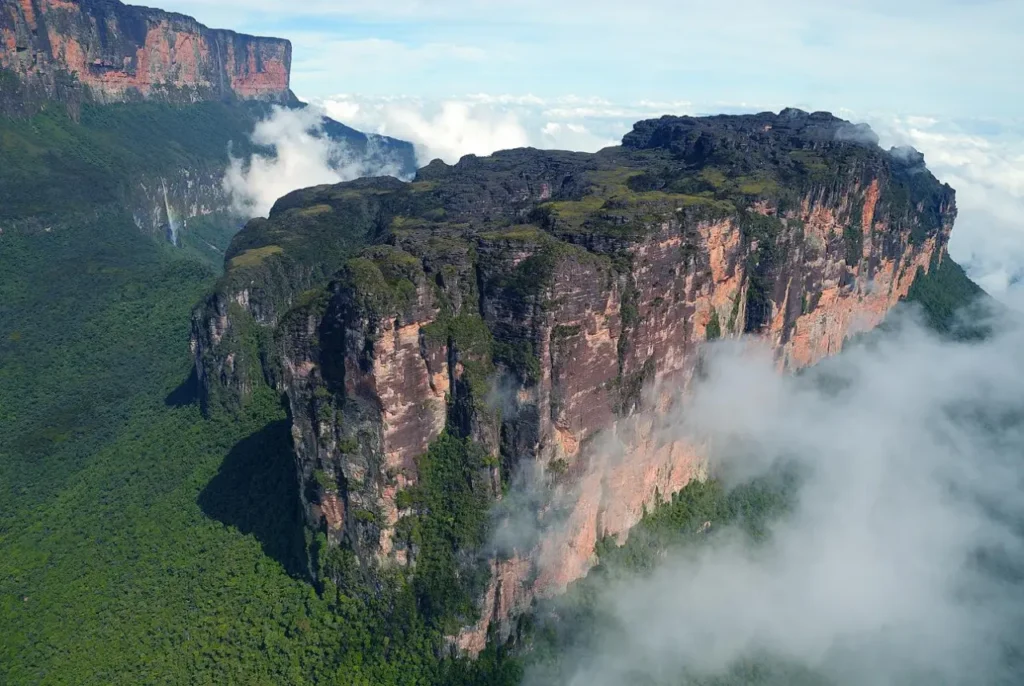
14. Kamadac Falls (Salto Kamadac)
Kamadac Falls is a series of cascades and rapids along the Kamadac River. The flowing water, surrounded by dense vegetation and rocky outcrops, creates a beautiful natural setting that’s worth exploring.
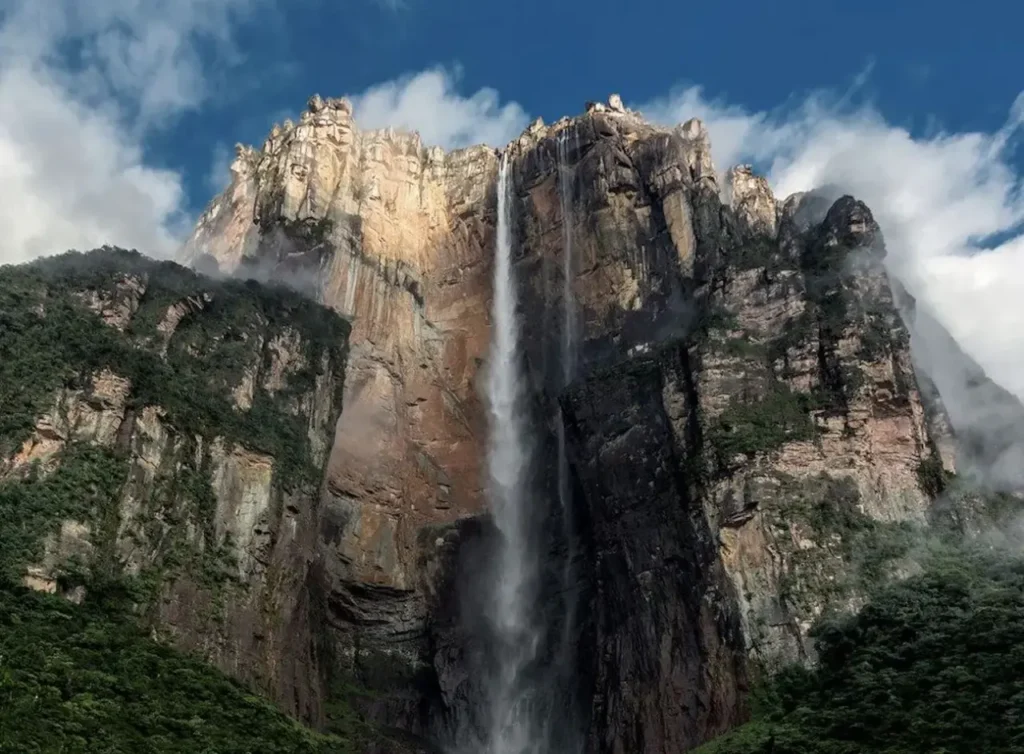
15. Tepui Lookout (Mirador del Tepui)
For panoramic views of the park’s stunning landscapes, the Tepui Lookout is an ideal spot. It provides a vantage point to admire the vastness of Canaima National Park, with its tepuis, rivers, and forests stretching as far as the eye can see.
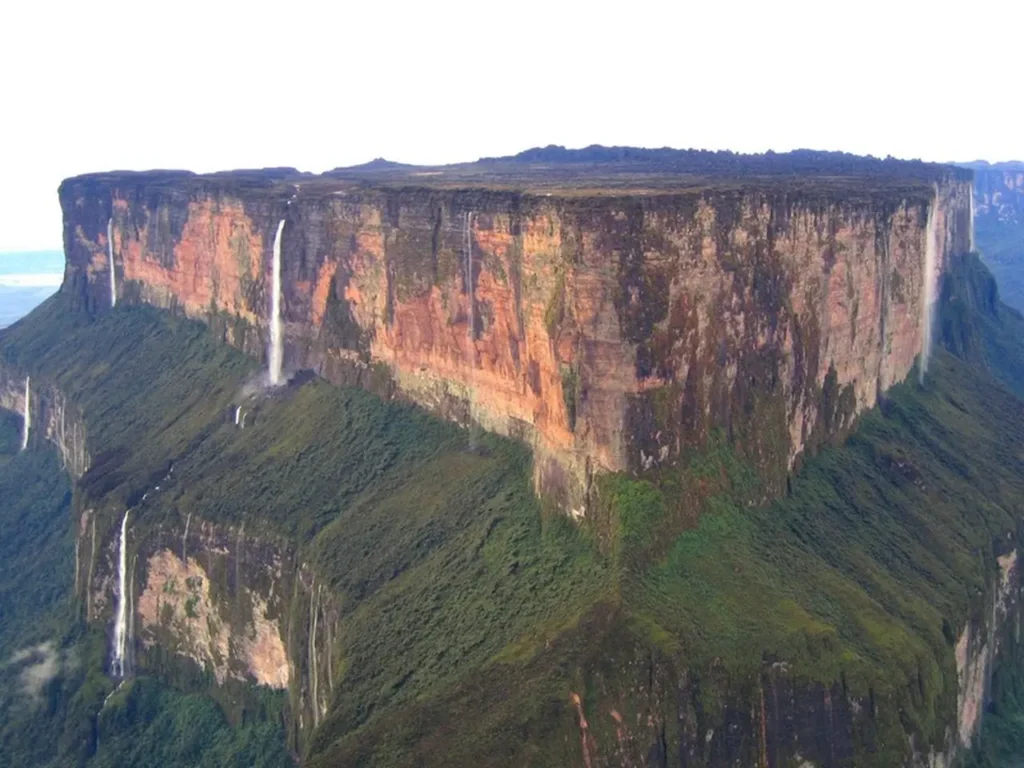
16. Jaspe River (Río Jaspe)
Known for its unique reddish color, the Jaspe River flows through the park, showcasing captivating natural beauty. The river’s red hues are caused by the iron-rich sediments found in its waters.
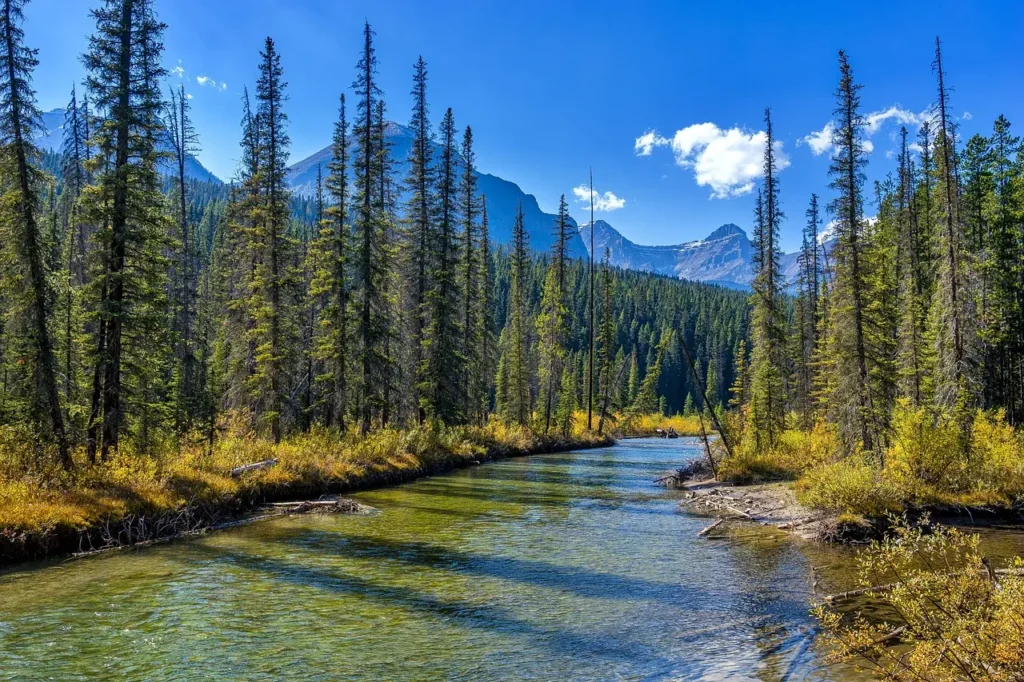
17. Sorowapo Falls (Salto Sorowapo)
This waterfall is located on the Carrao River and is characterized by its multi-tiered cascades. Surrounded by lush vegetation, it offers a picturesque setting for visitors to enjoy the beauty of nature.
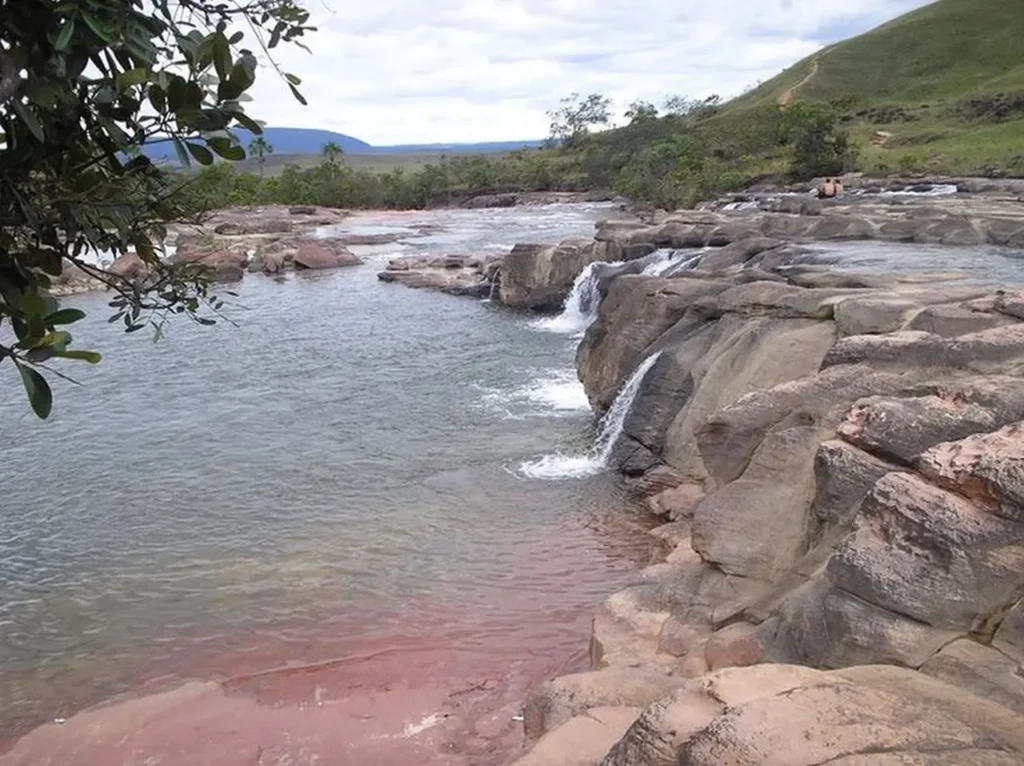
18. Hacha Falls (Salto Hacha)
This waterfall is located on the Kerepacupai River, a tributary of the Carrao River. Hacha Falls is known for its impressive height and the powerful rush of water as it cascades down the rocky cliffs.
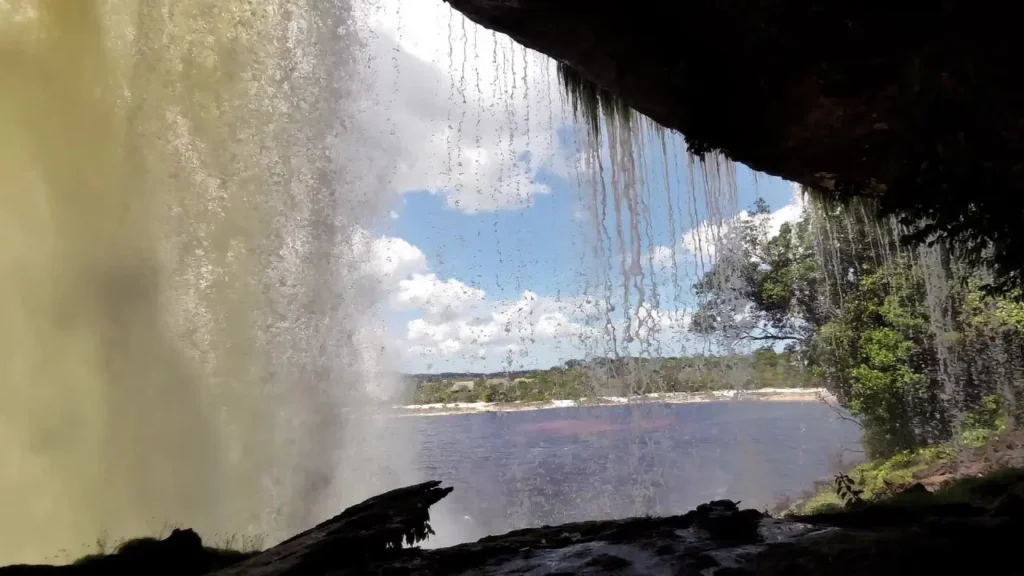
19. Yuruaní River
The Yuruaní River flows through the heart of Canaima National Park, offering picturesque views and opportunities for boating and kayaking. The river’s crystal-clear waters wind their way through the park’s stunning landscapes, providing a serene and scenic experience.
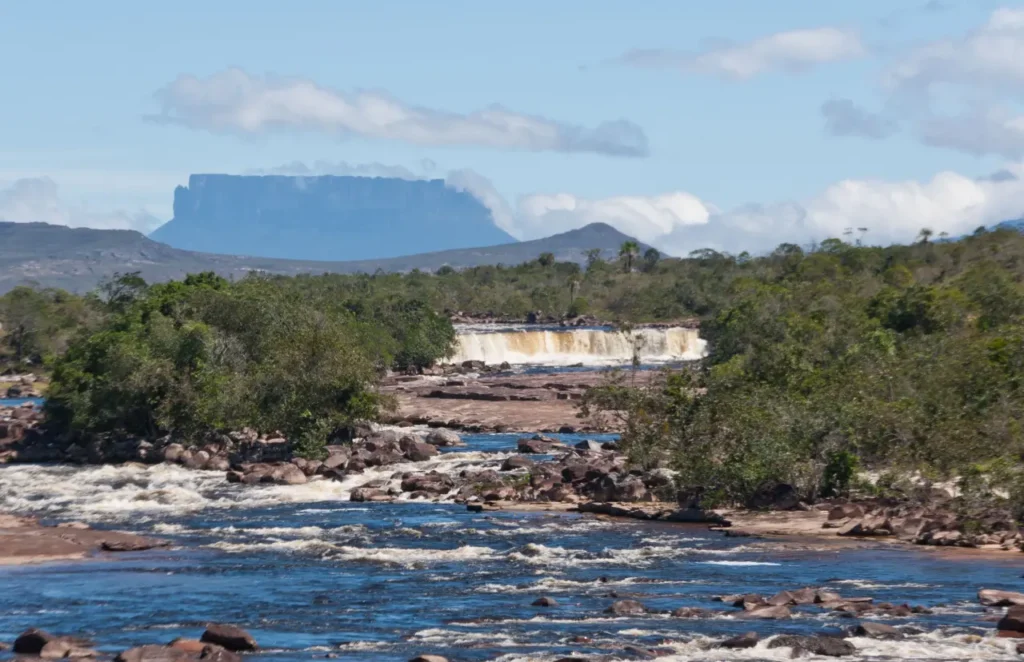
20. Quebrada de Jaspe
This beautiful gorge is formed by the Jaspe River, known for its reddish color. The deep canyon walls and unique rock formations create a captivating sight, making it a must-visit spot within the park.
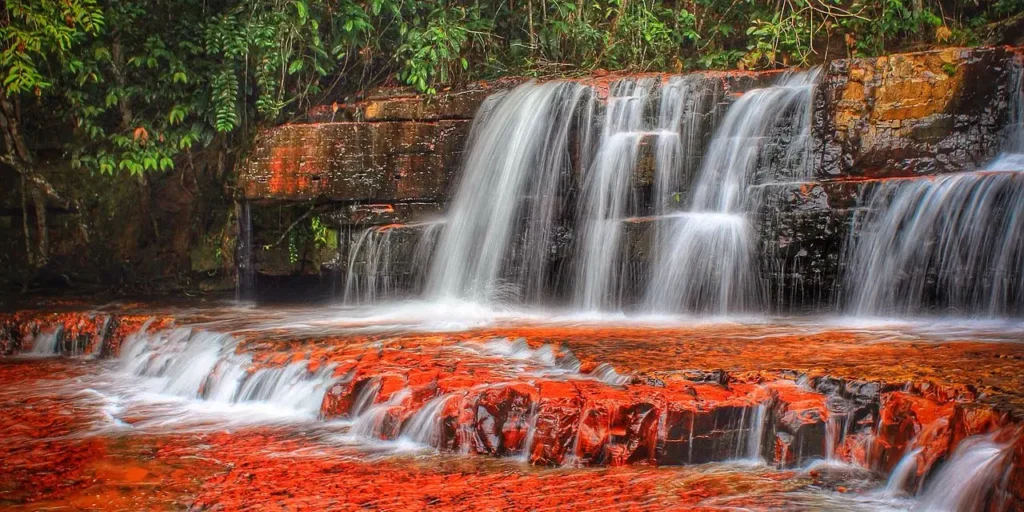
21. Mayupa Rapids
Located on the Carrao River, the Mayupa Rapids are a series of rapids and cascades that add a touch of excitement to the river’s flow. The rushing waters and rocky formations make it an intriguing and dynamic area to explore.
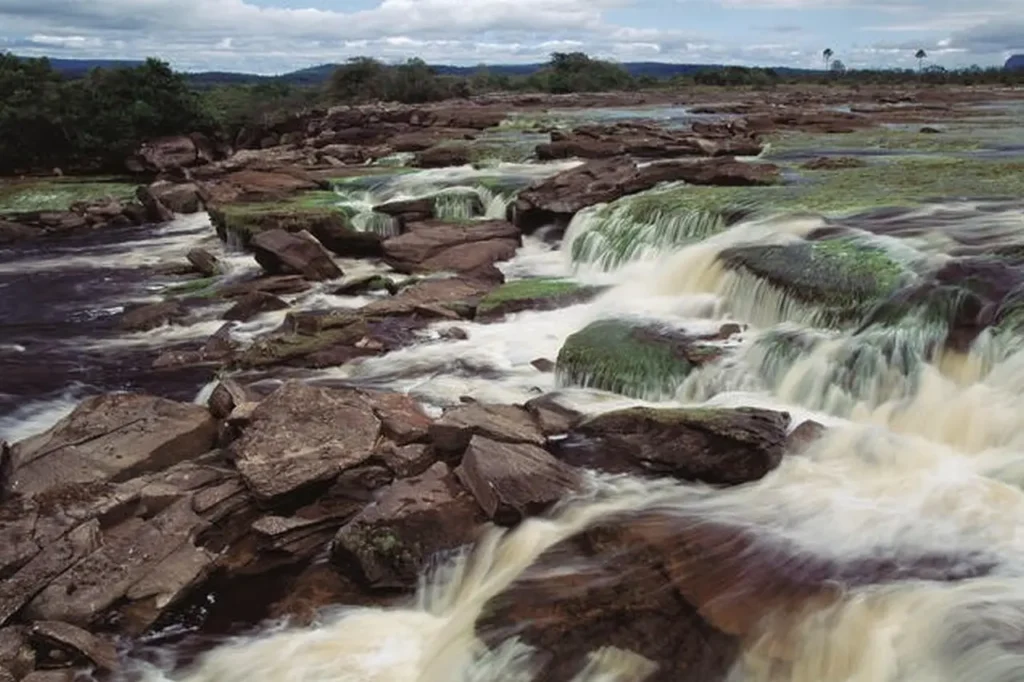
22. La Gran Sabana
La Gran Sabana, also known as the Great Savannah, is a vast region located in southeastern Venezuela, encompassing parts of Canaima National Park. It is characterized by its expansive grasslands, dramatic table-top mountains known as tepuis, and stunning natural landscapes.
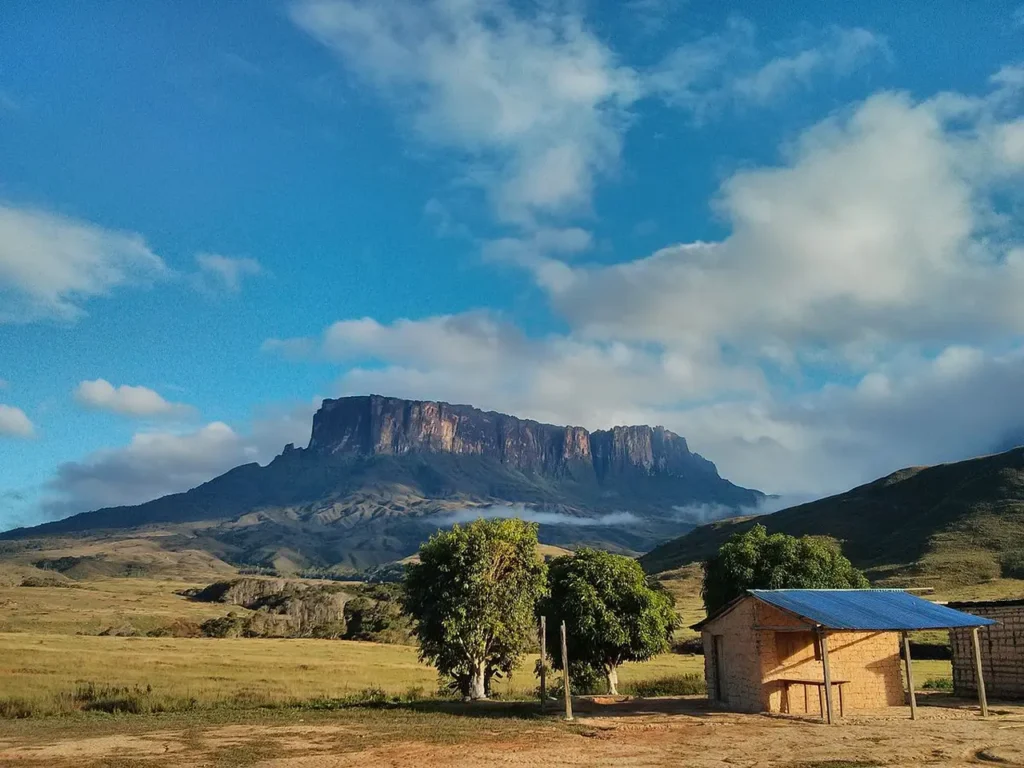
23. El Pauji
El Pauji is situated on the Pauji River, which flows through the park’s stunning landscapes. The waterfall cascades down from a height of approximately 70 meters (230 feet) in a picturesque setting surrounded by lush vegetation and rock formations.
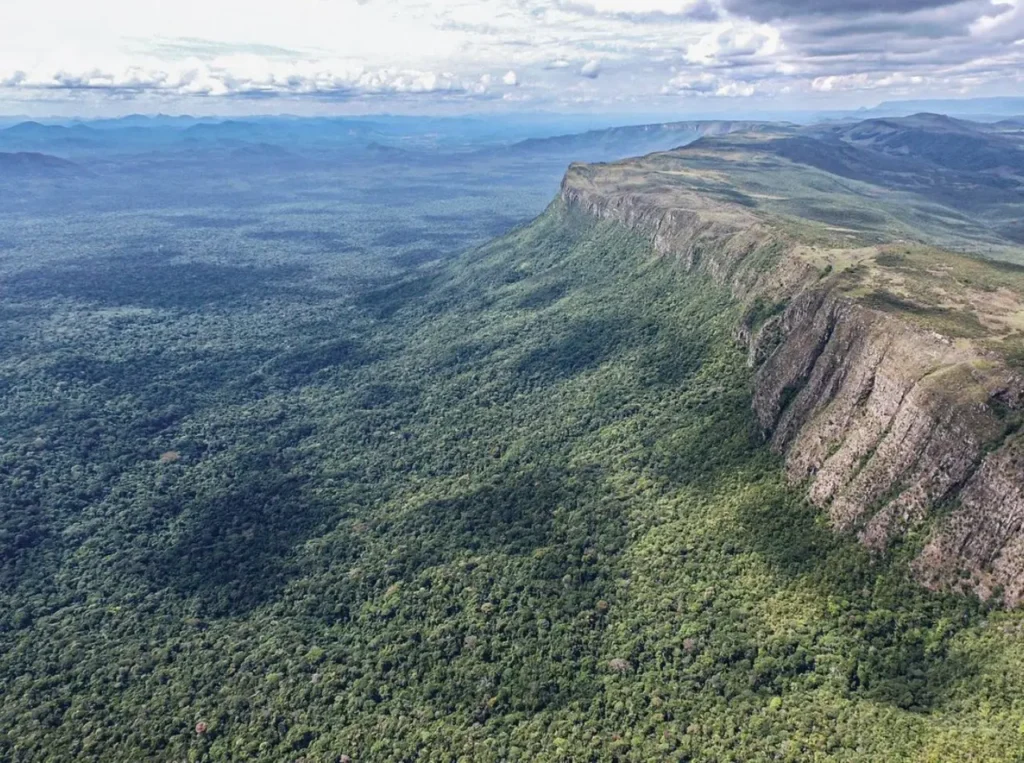
24.Cascada Velo de la Novia
Cascada Velo de la Novia is named for its resemblance to a bride’s veil, as the water cascades down from a height, creating a delicate and ethereal appearance. The waterfall is fed by a tributary of the Carrao River, and its crystal-clear waters create a picturesque sight against the surrounding lush vegetation.
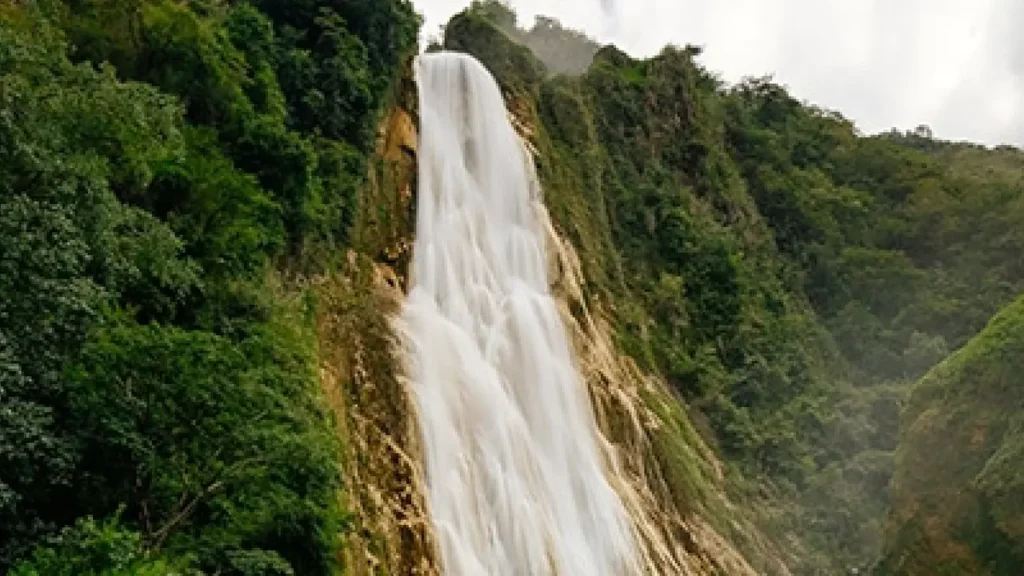
25. La Ventana del Cielo
La Ventana del Cielo is situated atop Auyantepuy, one of the iconic tepuis (table-top mountains) in the park. The formation is essentially a large opening or “window” in the rocky cliffs of Auyantepuy, providing a mesmerizing vantage point to admire the vastness of the park below.
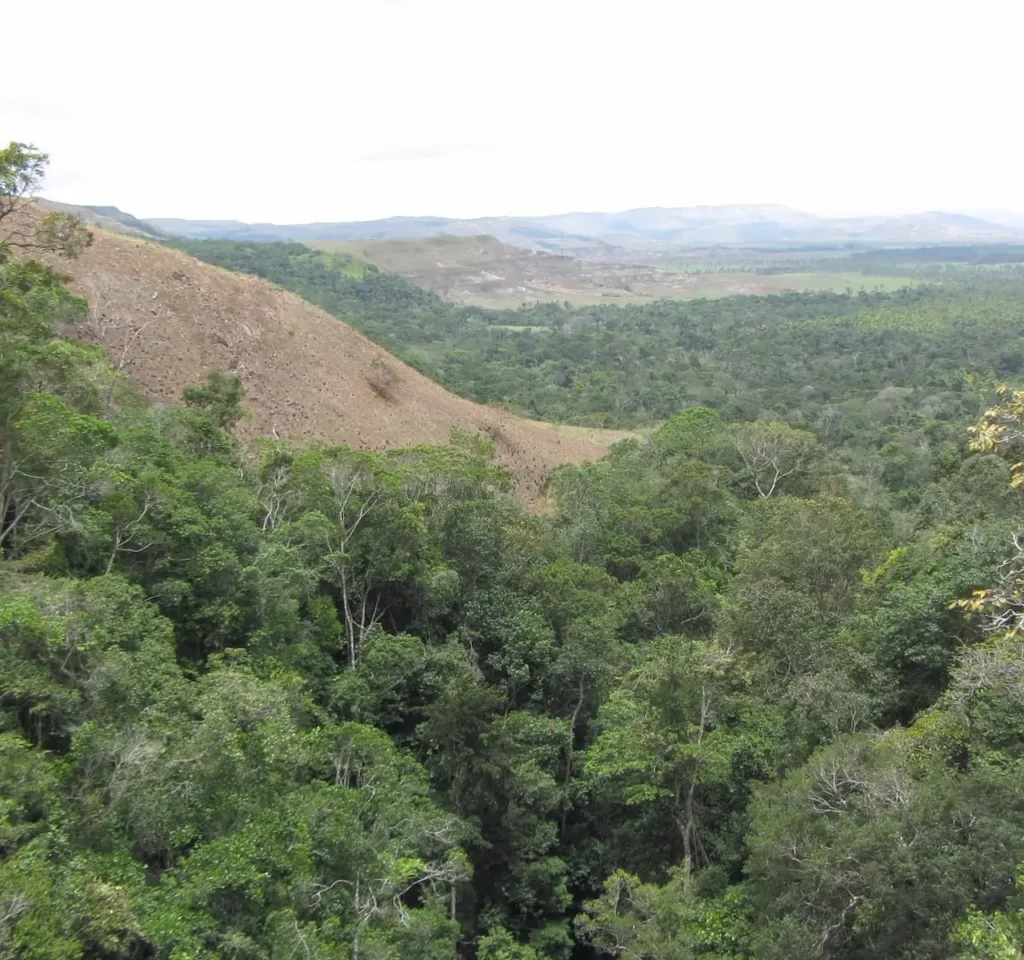
These are just a few of the remarkable places to explore within Canaima National Park. The park is vast and offers countless natural wonders, making it a paradise for nature enthusiasts and adventure seekers.
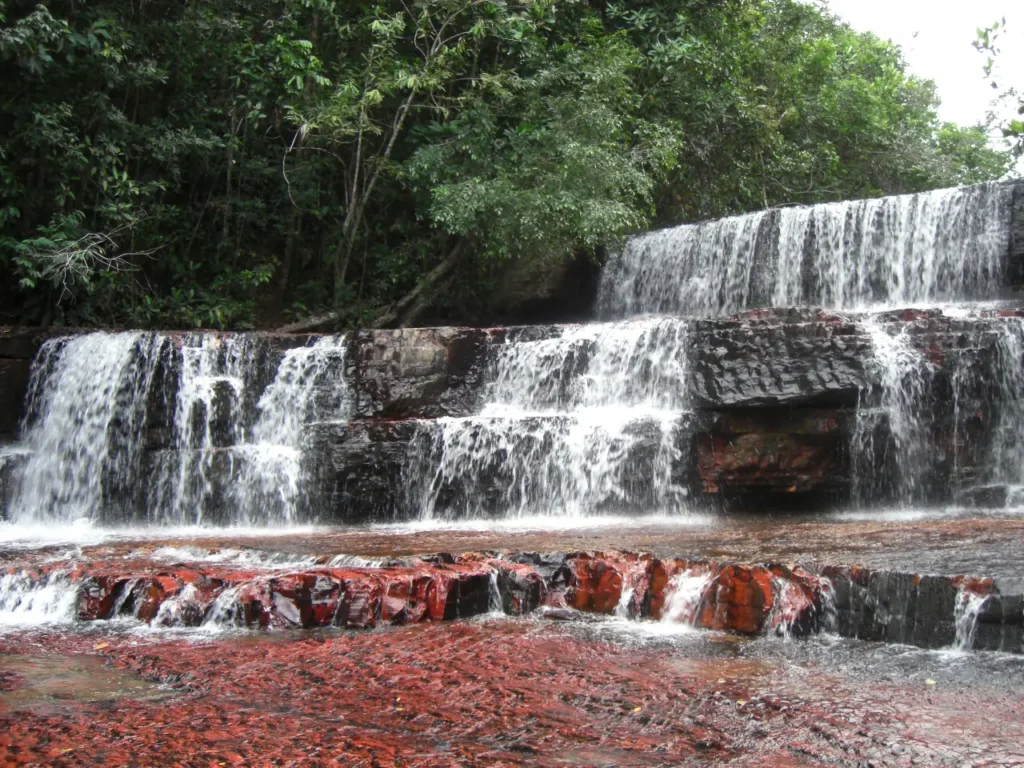
Whether it’s the towering tepuis, cascading waterfalls, vibrant rivers, or unique geological formations, the park is filled with natural wonders that will leave you in awe of its beauty.
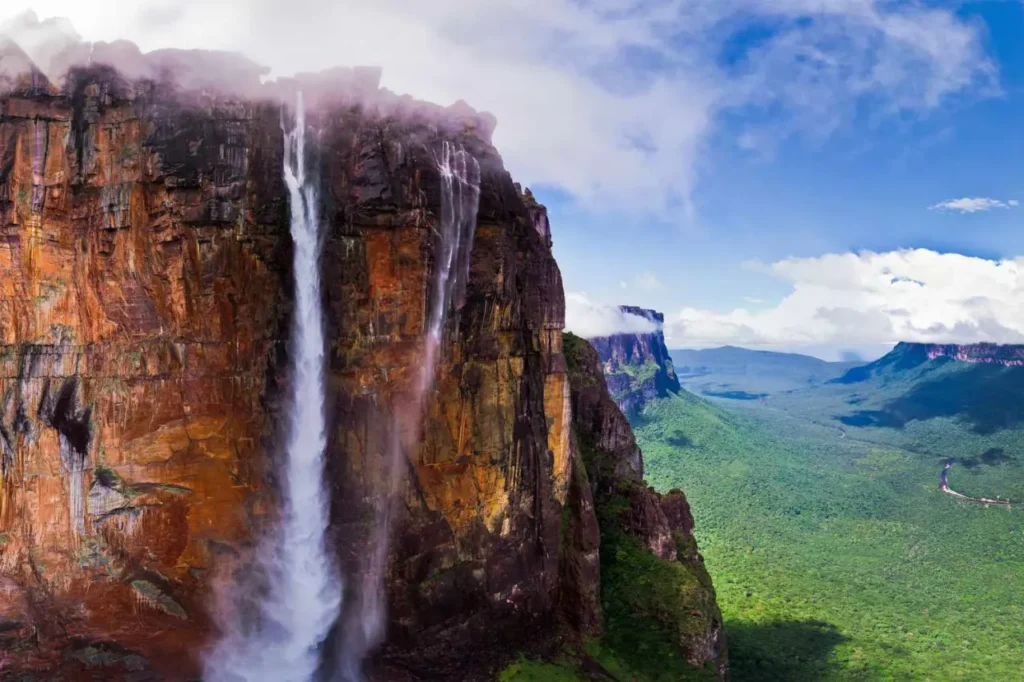
Some activities at Canaima National Park
Canaima National Park offers a wide range of activities for visitors to enjoy its breathtaking landscapes and rich biodiversity. Here are some popular activities you can engage in while exploring the park:
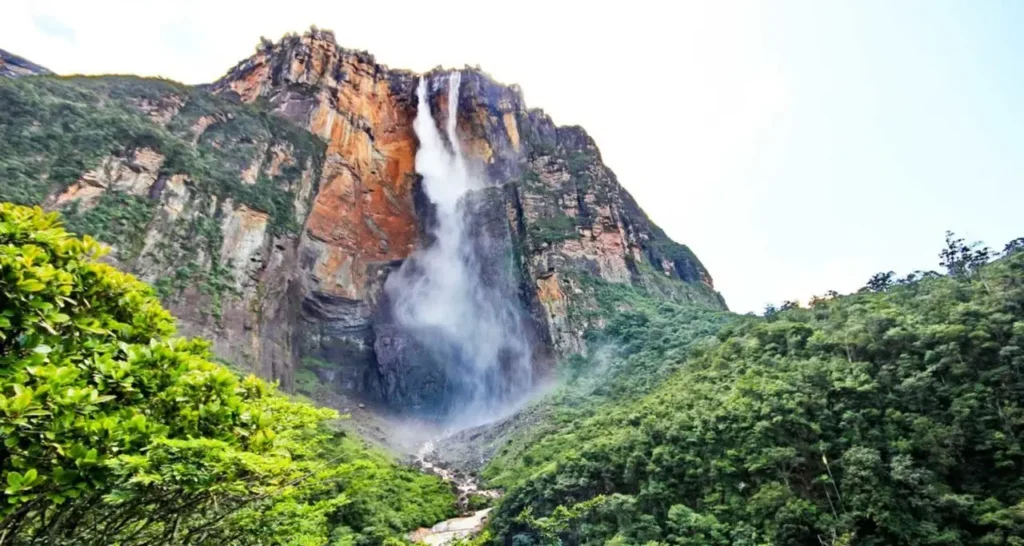
1. Boat Tours: Embark on boat tours to navigate the park’s rivers, such as the Carrao, Caroní, and Churún rivers. These tours allow you to appreciate the stunning scenery, including towering tepuis, cascading waterfalls, and lush rainforests. You can also visit the picturesque lagoons and islands within the park.
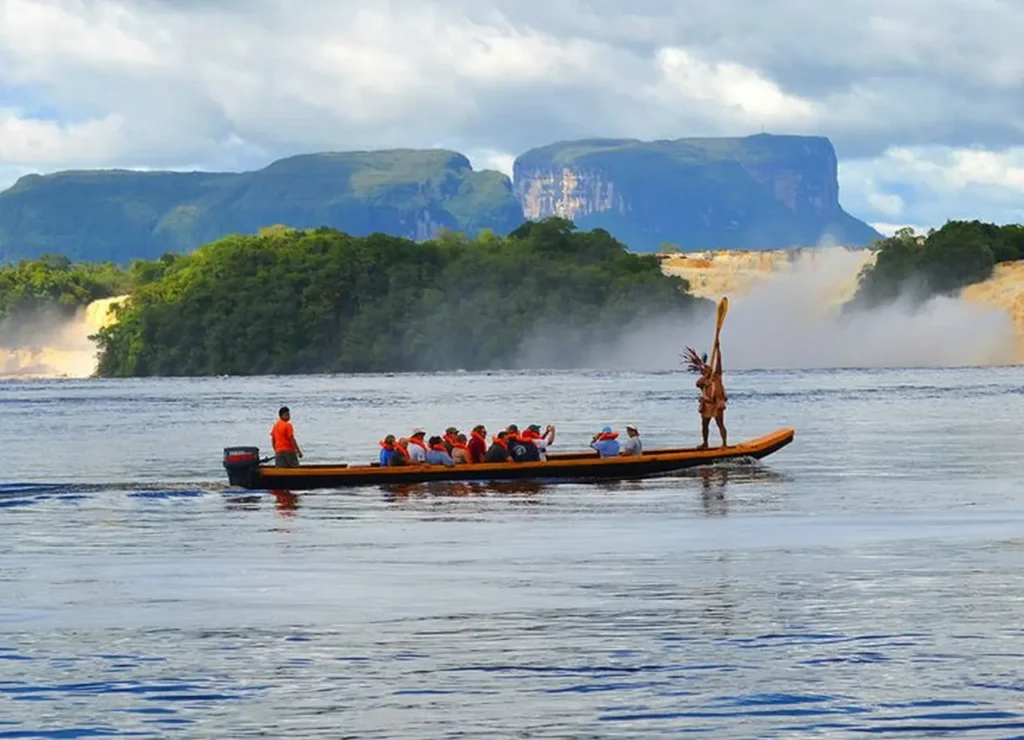
2. Hiking and Trekking: Canaima National Park offers numerous hiking and trekking opportunities for all levels of fitness. You can explore the park’s trails, venture into the rainforest, or undertake multi-day expeditions to reach the summits of the tepuis. Mount Roraima and other tepuis provide challenging yet rewarding hiking experiences.
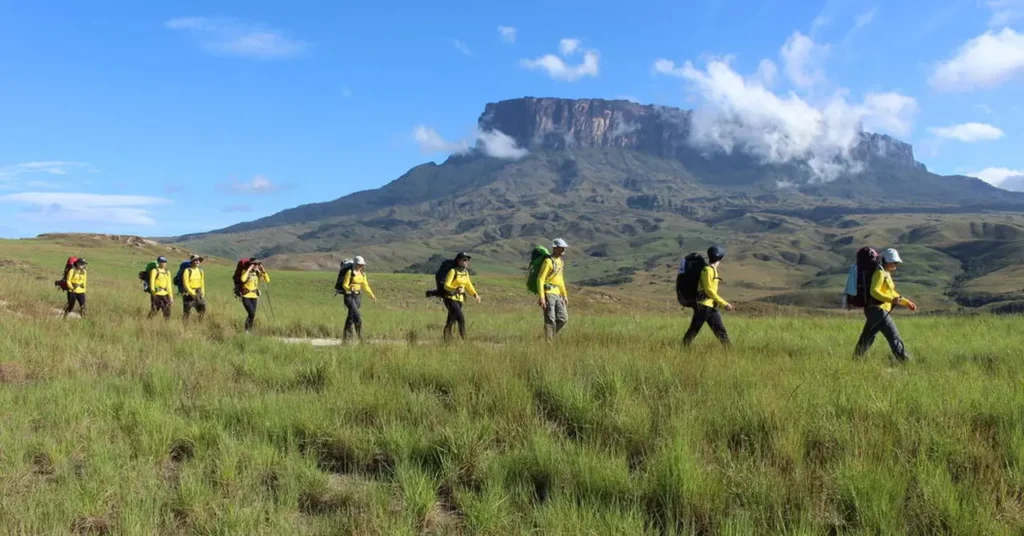
3. Wildlife Watching: Canaima National Park is home to a rich array of wildlife. Apart from jaguars, pumas, and monkeys, you may spot other animals like giant river otters, spectacled bears, anacondas, and a variety of bird species.
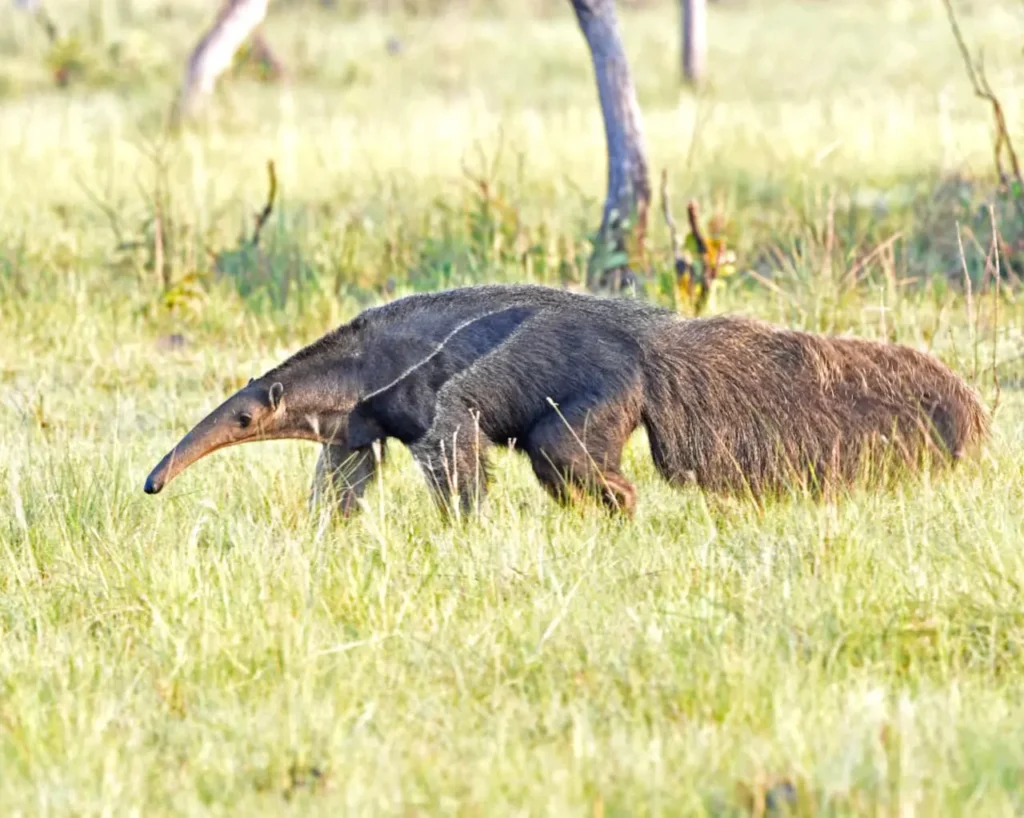
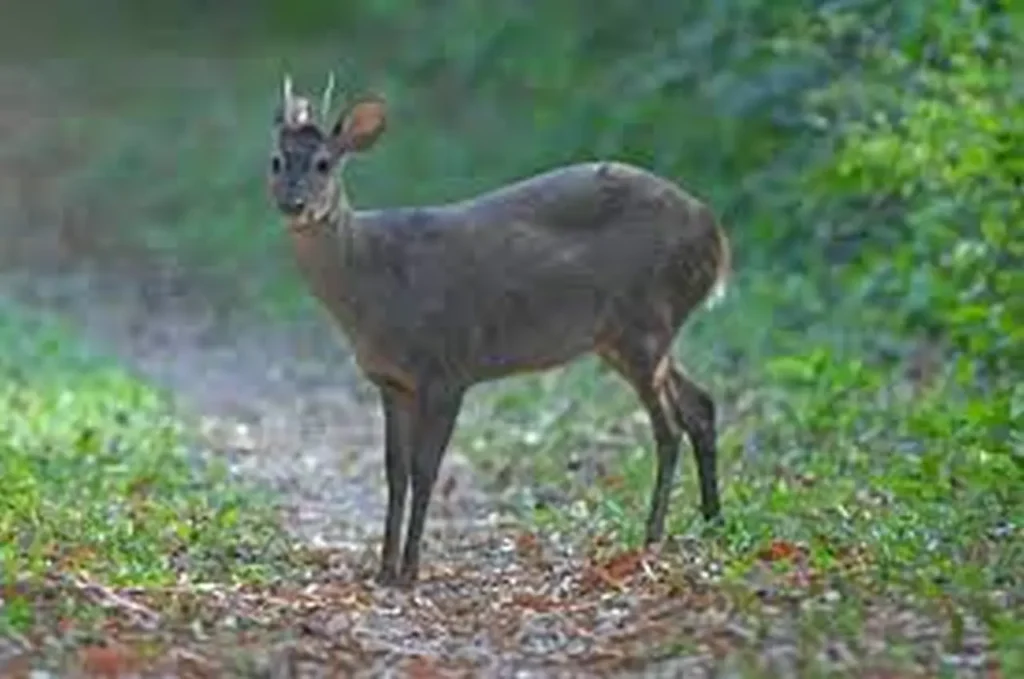
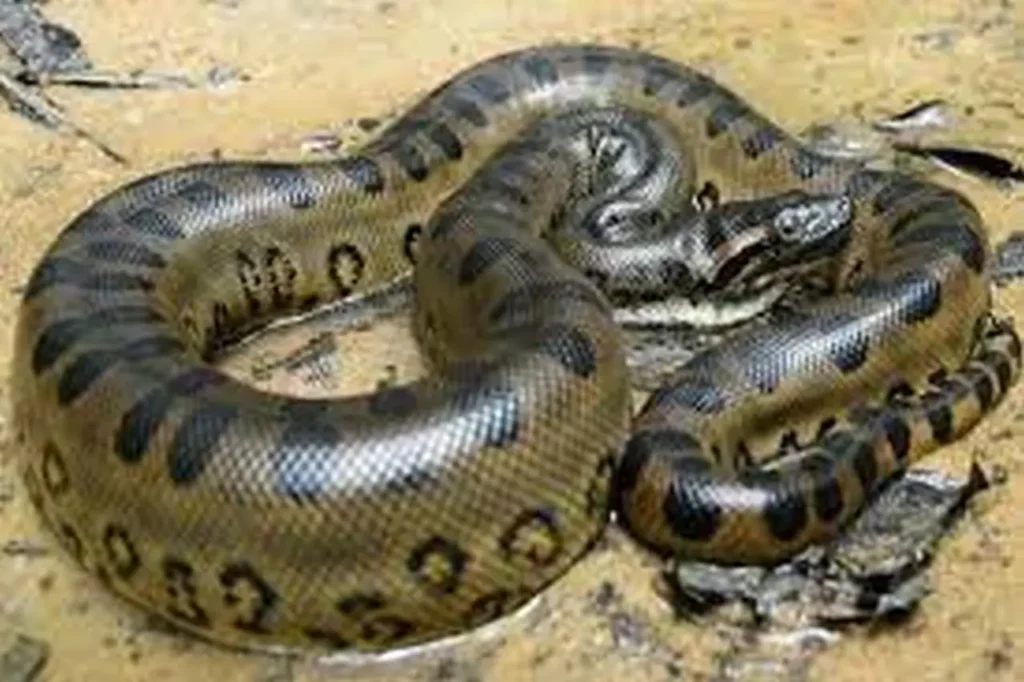
4. Canyoning and Waterfall Rappelling: Experience the thrill of canyoning and waterfall rappelling in Canaima National Park. Explore the park’s canyons, gorges, and waterfalls while descending through cascades and pools under the guidance of experienced guides.
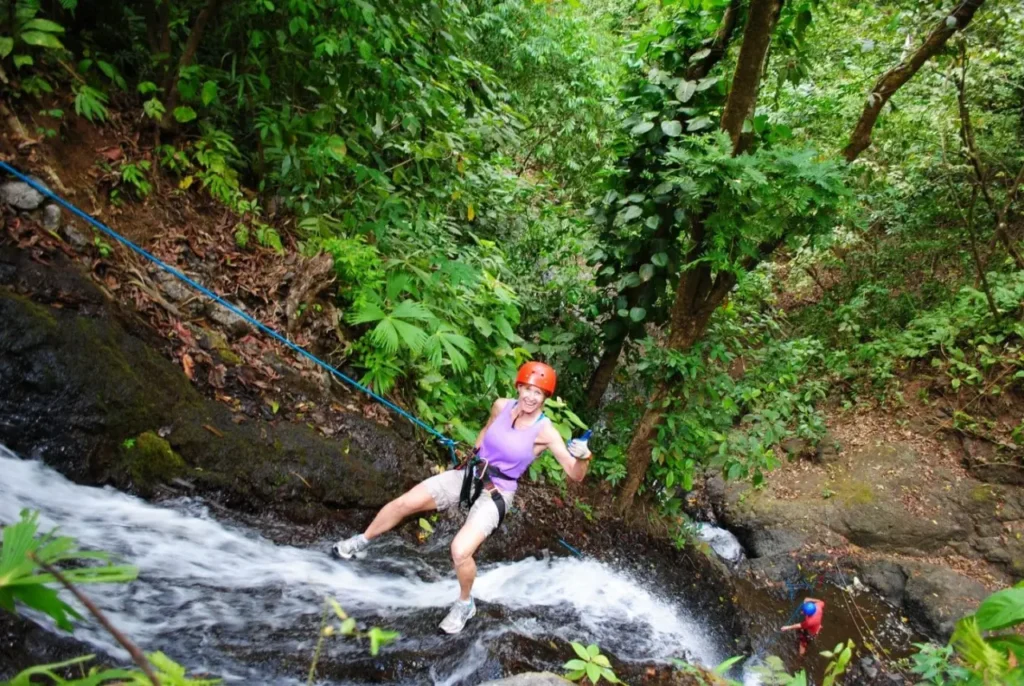
5. Indigenous Cultural Experiences: Engage with the local indigenous communities, such as the Pemon people, to learn about their customs, traditions, and way of life. Visit their villages, participate in cultural activities, and appreciate their traditional crafts and arts.
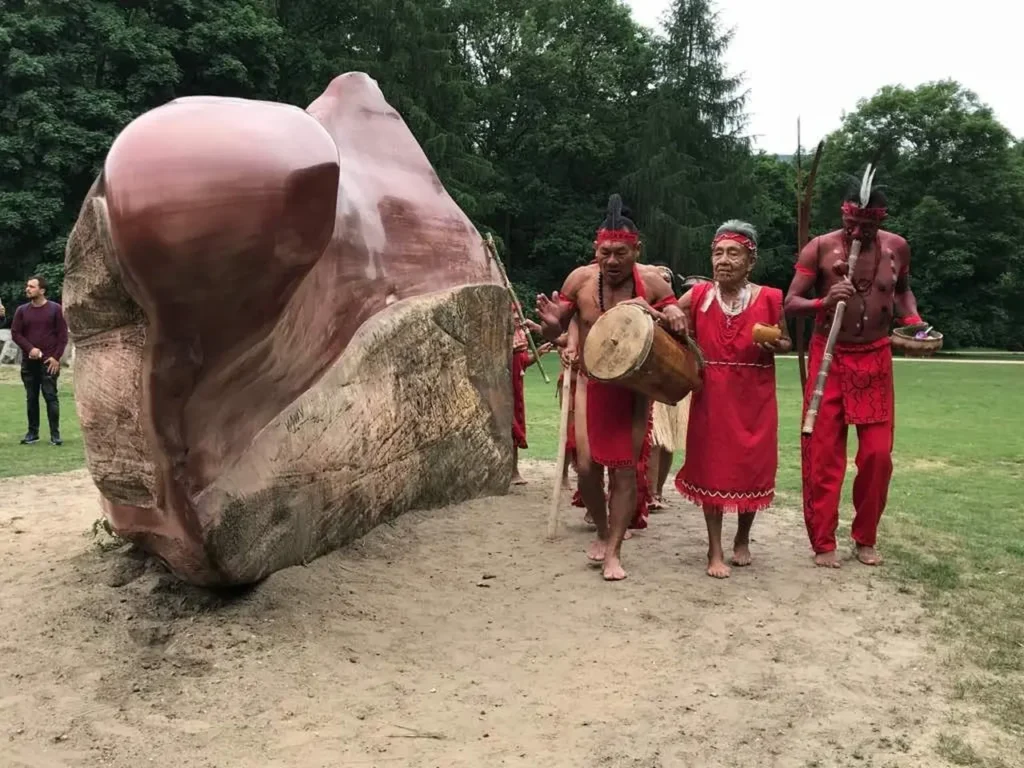
6. Photography and Sightseeing: Canaima National Park offers breathtaking landscapes, making it a paradise for photographers. Capture the stunning vistas, unique rock formations, vibrant flora, and cascading waterfalls to preserve the memories of your visit.
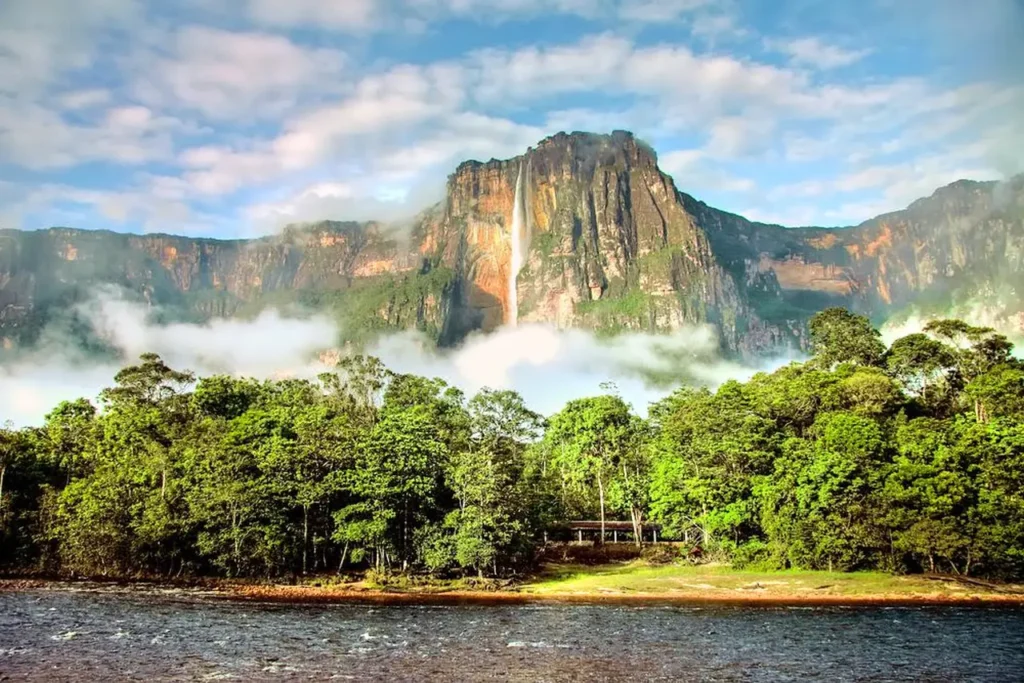
7. Birdwatching: The park is a haven for birdwatchers, with over 650 bird species recorded. Keep your binoculars handy to spot colorful birds like macaws, parrots, toucans, and hummingbirds. The park’s varied habitats provide excellent opportunities for birdwatching enthusiasts.
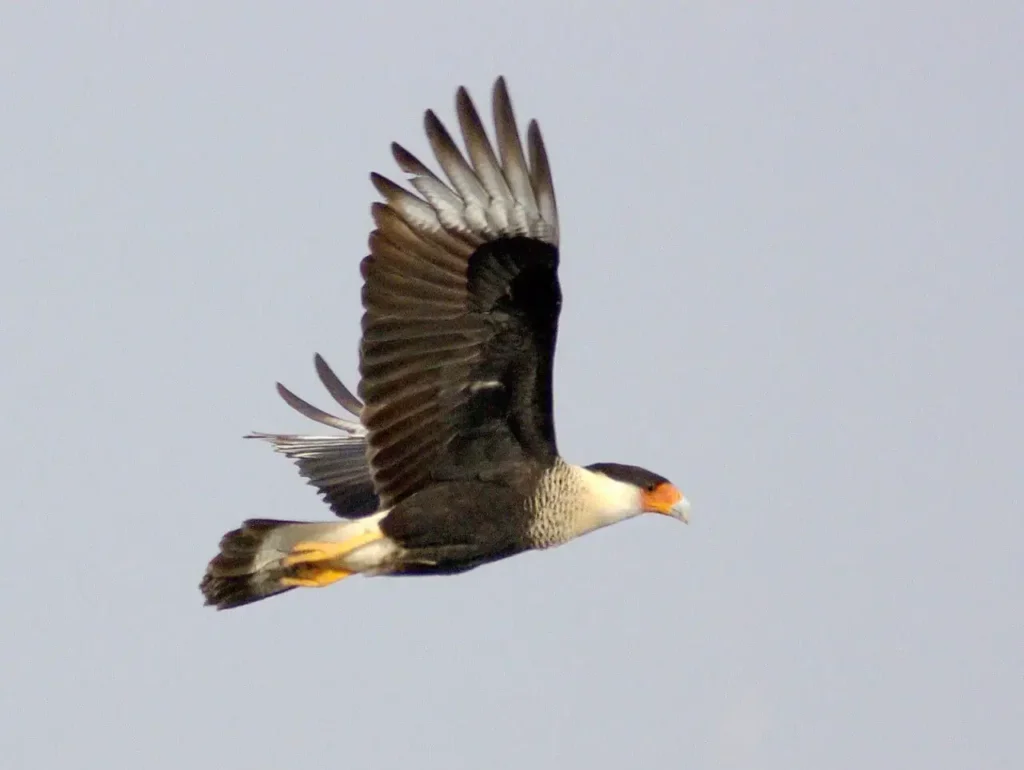
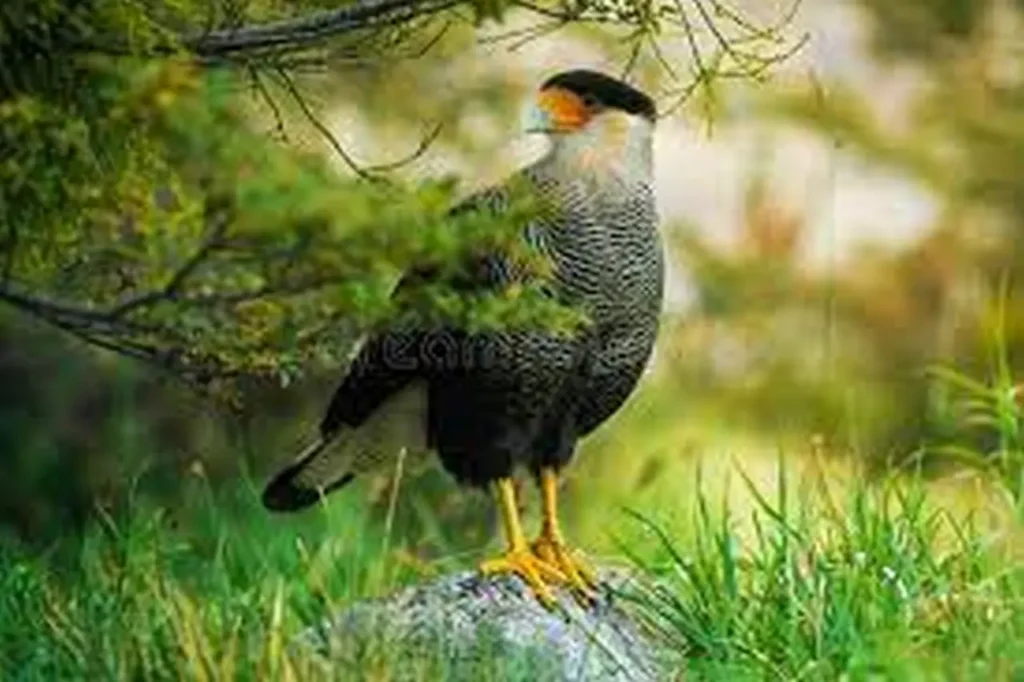
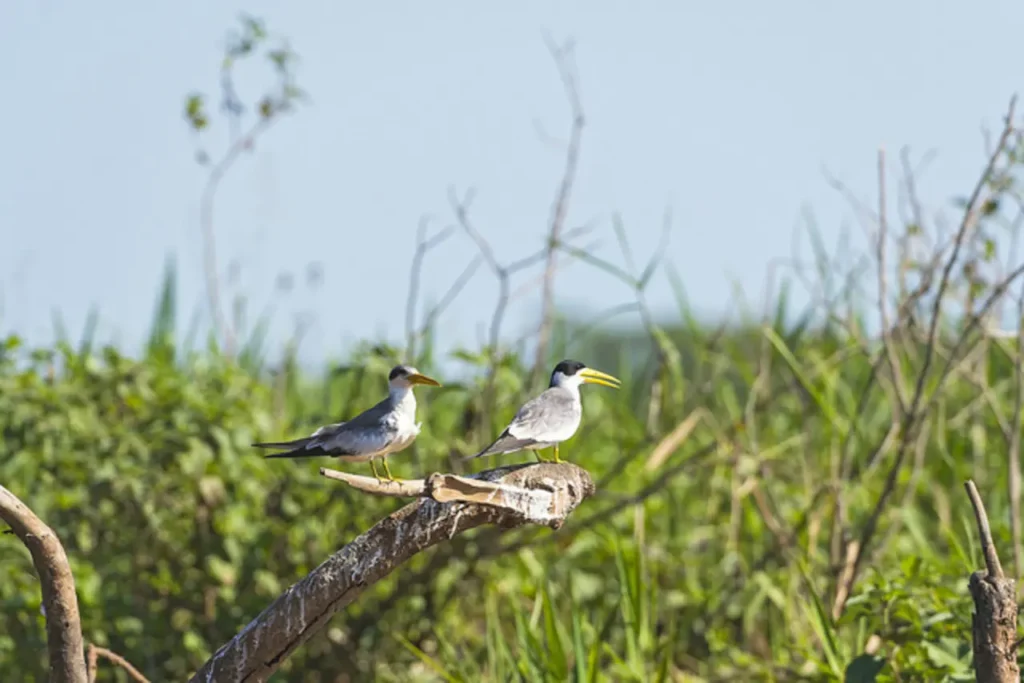
8. Camping and Overnight Stays: Enjoy the immersive experience of camping in the park to fully appreciate its natural beauty. Several campsites are available, allowing you to spend the night amidst the pristine wilderness and wake up to the sounds of nature.
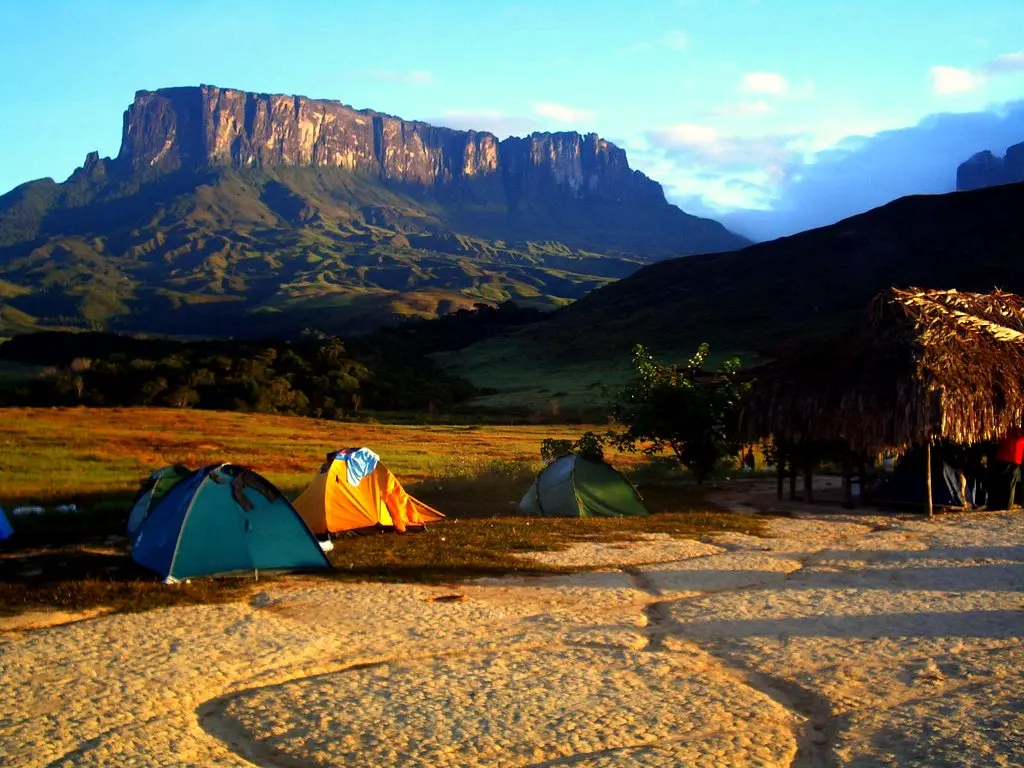
It’s worth noting that some activities may require the assistance of local guides or tour operators to ensure your safety and adherence to park regulations. Engaging with knowledgeable guides will enhance your overall experience and provide valuable insights into the park’s natural and cultural significance.
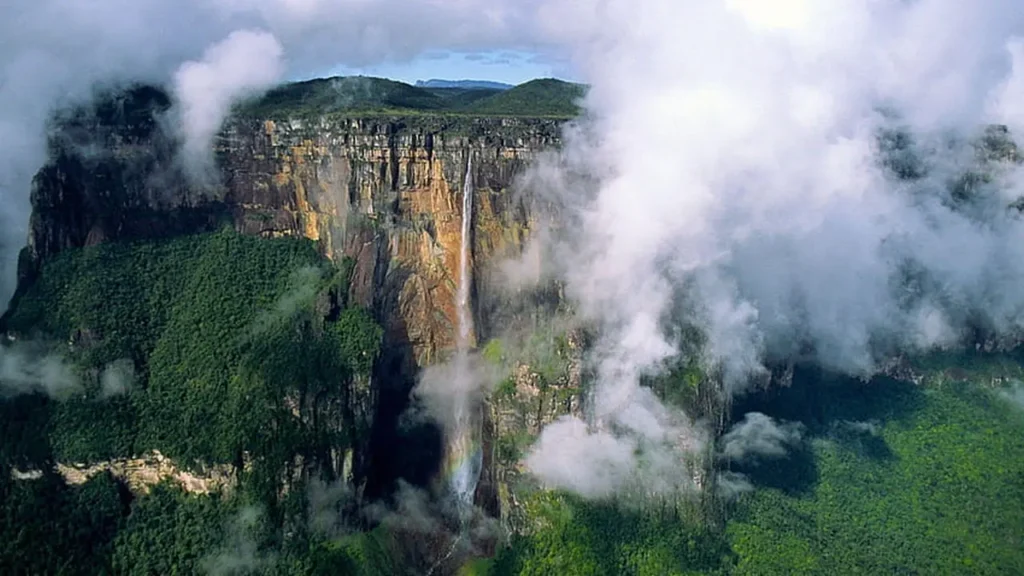
The best time to to visit Canaima National Park
The best time to visit Canaima National Park is during the dry season, which typically runs from December to April. During this period, the weather is generally drier, with lower chances of rainfall and more favorable conditions for outdoor activities.
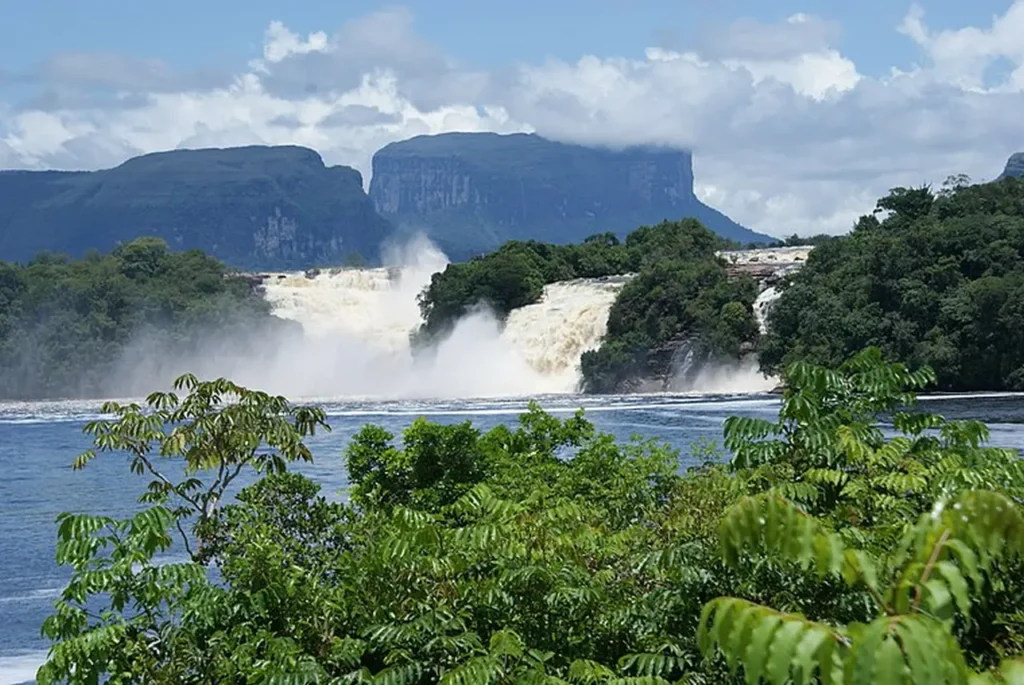
The dry season offers clearer skies, allowing for better visibility of the park’s stunning landscapes, tepuis, and waterfalls. The water levels in the rivers and lagoons are also lower, making boat trips and exploration more accessible.
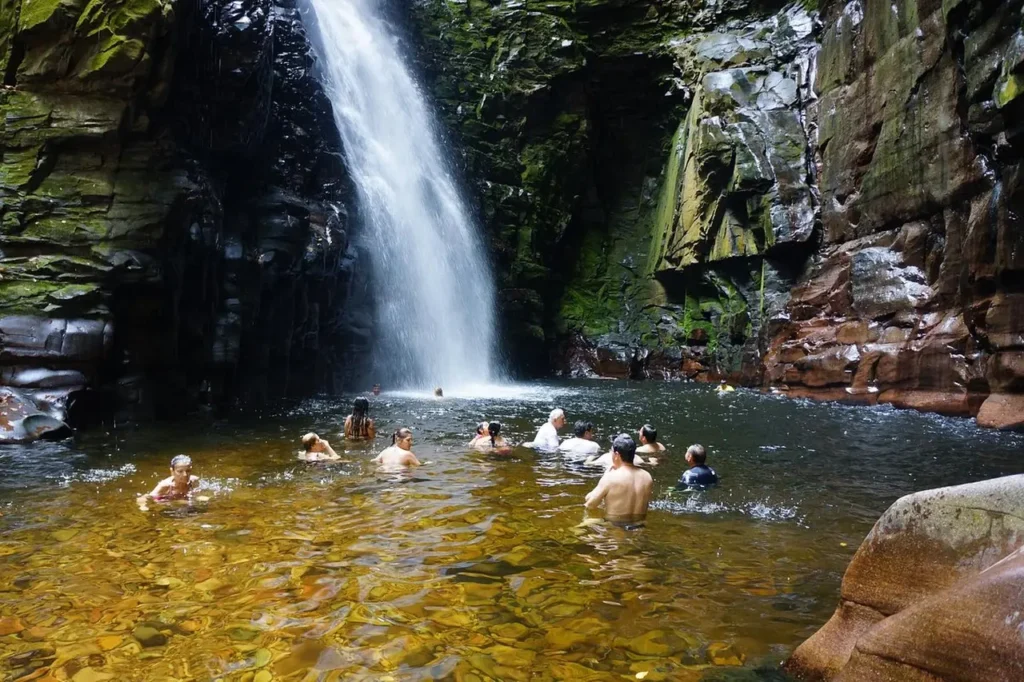
However, it’s important to note that Canaima National Park has a tropical climate, and weather conditions can vary. Even during the dry season, occasional rain showers may occur. It’s a good idea to check the weather forecast and plan accordingly.
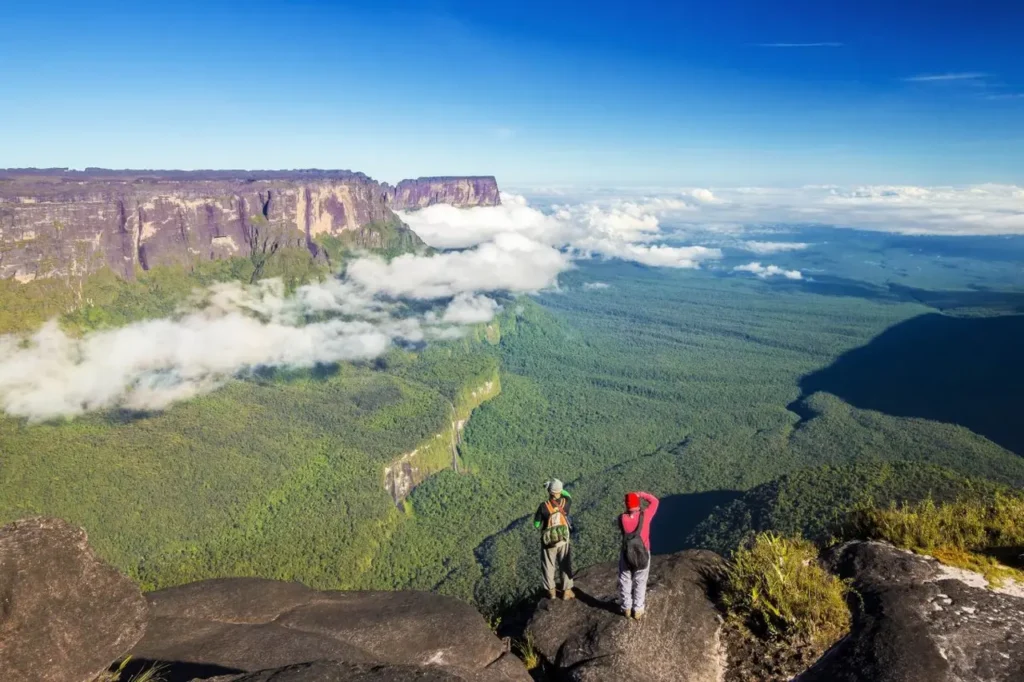
The wet season, which spans from May to November, brings more frequent rainfall and higher humidity. While the lush vegetation and flowing waterfalls may be even more captivating during this time, the increased rainfall can make some areas challenging to access, and activities like trekking may be more difficult.
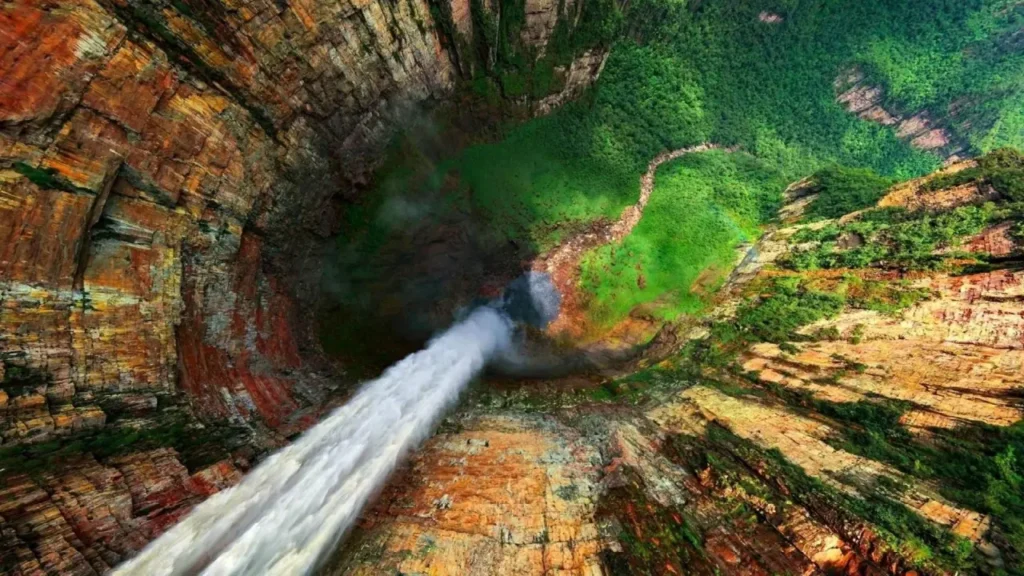
Additionally, it’s worth considering that the wet season is also the peak of the tourist season in the park, as visitors come to witness the power and grandeur of Angel Falls at its fullest. If you prefer fewer crowds, the shoulder seasons (December-January and September-October) may be good alternatives.
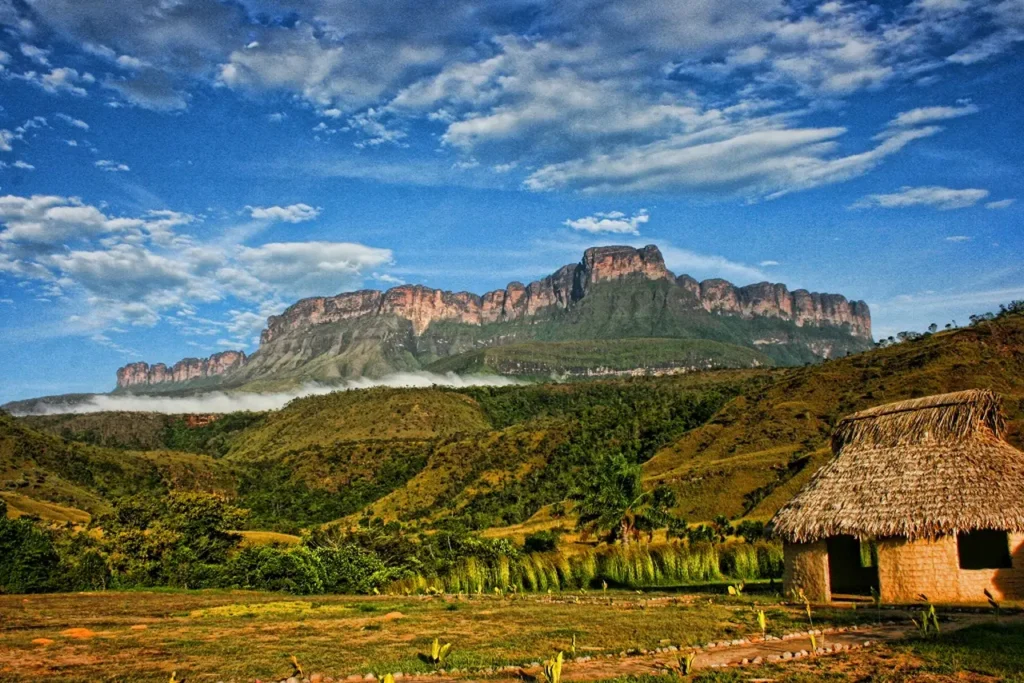
Ultimately, the best time to visit Canaima National Park depends on your preferences and the activities you wish to engage in. It’s recommended to research and plan your visit based on your desired experiences and the prevailing weather conditions.
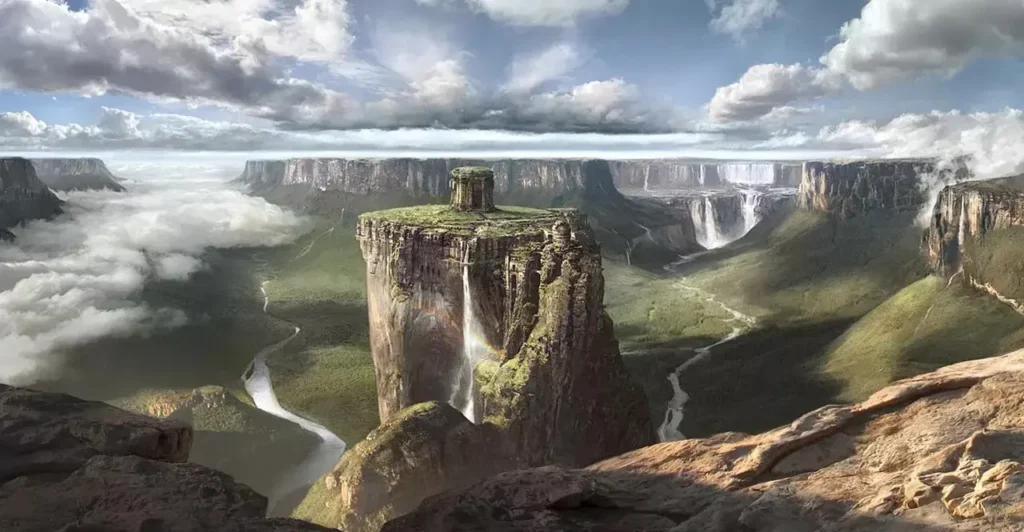
Some places to stay in Canaima National Park
Here are some places to consider for your stay in Canaima National Park:
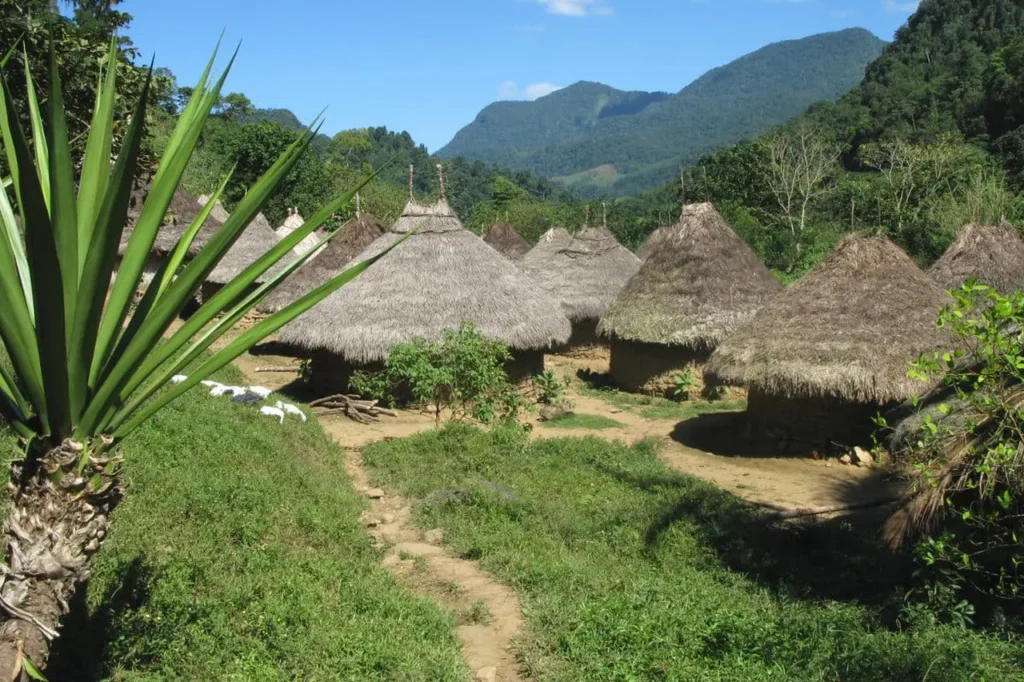
1. Waku Lodge: Waku Lodge is a popular accommodation option located on the shores of Canaima Lagoon. The lodge offers comfortable cabins and amenities, including a restaurant, bar, and Wi-Fi. It provides easy access to the lagoon and the surrounding attractions.
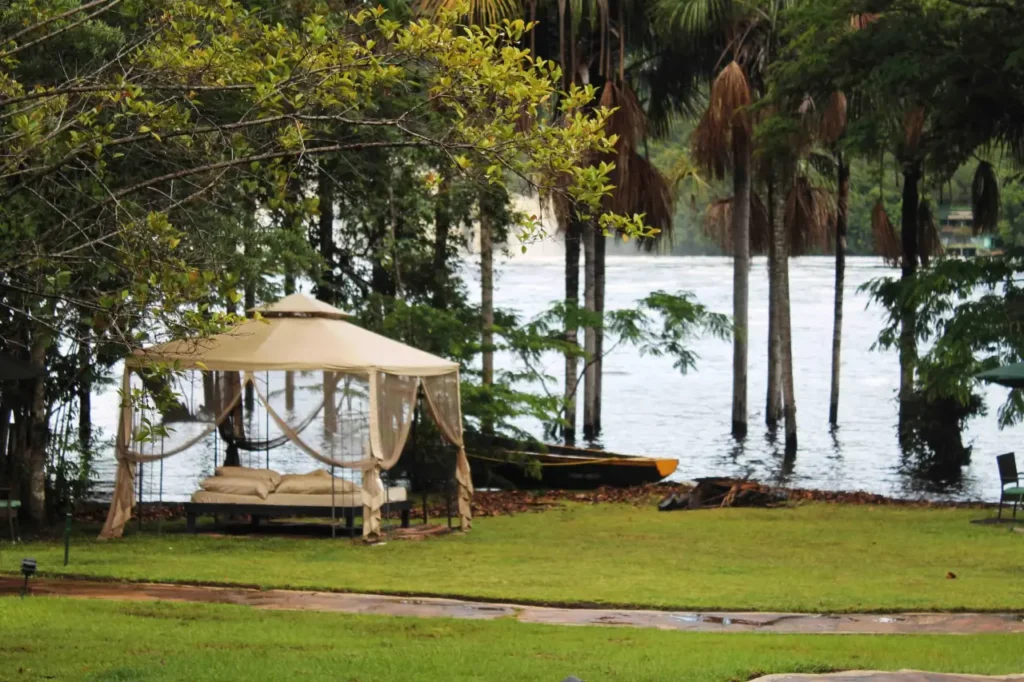
2. Ucaima Camp: Ucaima Camp is a rustic yet charming campsite situated near Canaima Lagoon. It offers budget-friendly accommodations in the form of tents or hammocks. The camp provides a communal dining area and basic facilities for a more immersive camping experience.
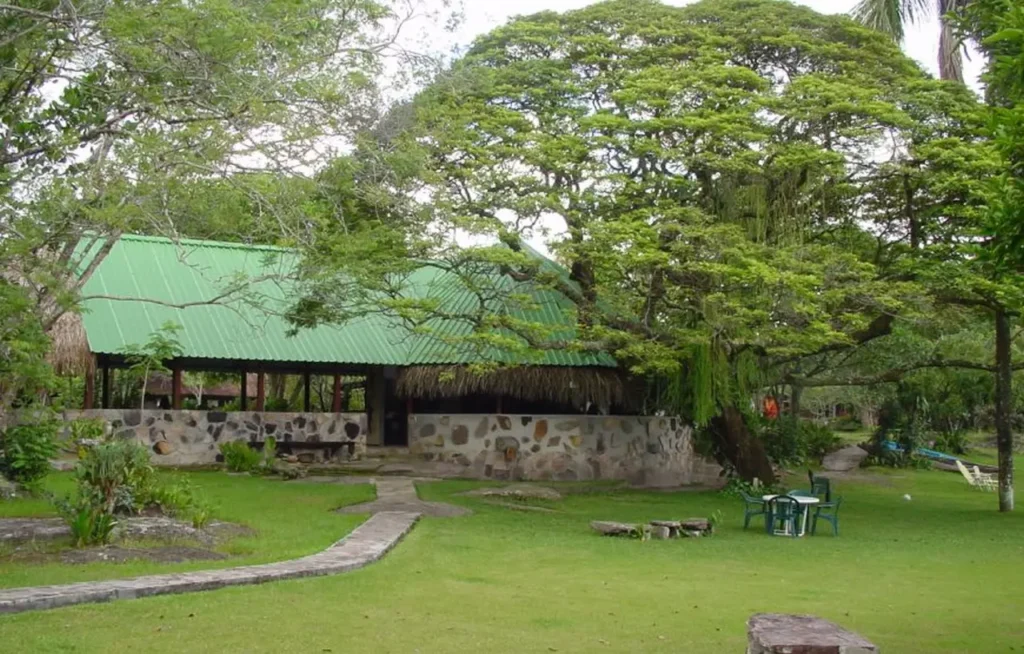
3. Jungle Rudy’s Camp: Jungle Rudy’s Camp is a well-known and established camp located on the banks of Carrao River. It offers a range of accommodations, from tents and hammocks to private cabins. The camp provides basic amenities, a restaurant, and guided tours.
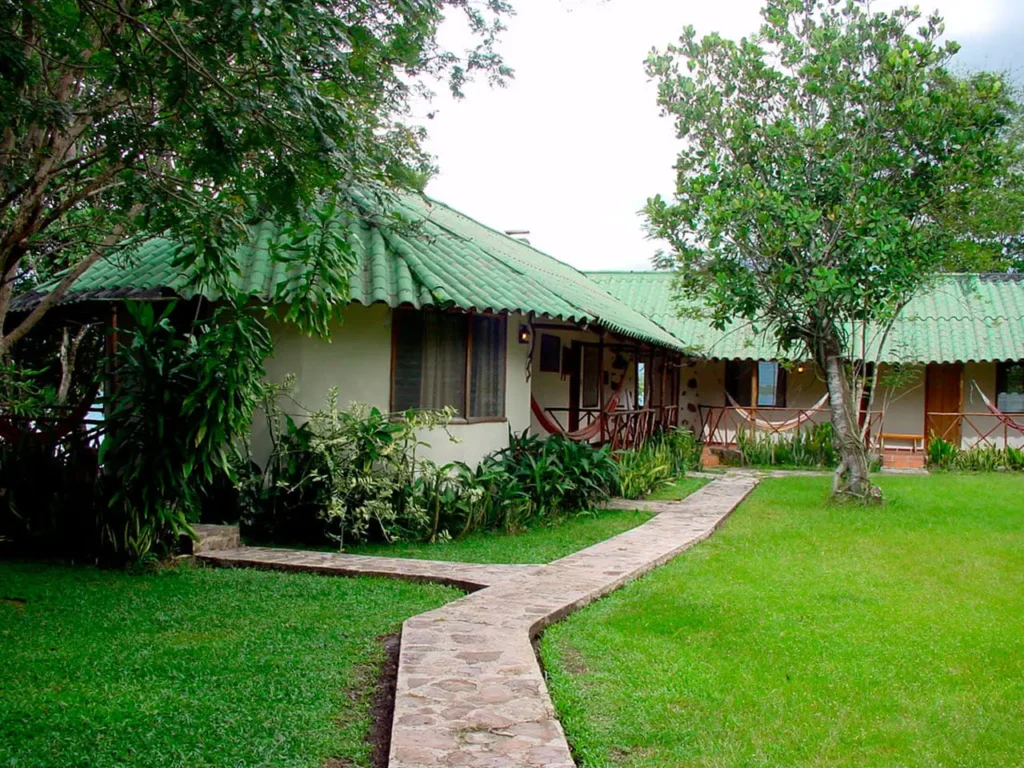
4. Campamento Yakoo: Campamento Yakoo is a simple and affordable campsite situated near Canaima Village. It offers camping spaces, basic facilities, and an on-site restaurant. The camp is a convenient base for exploring the nearby attractions.
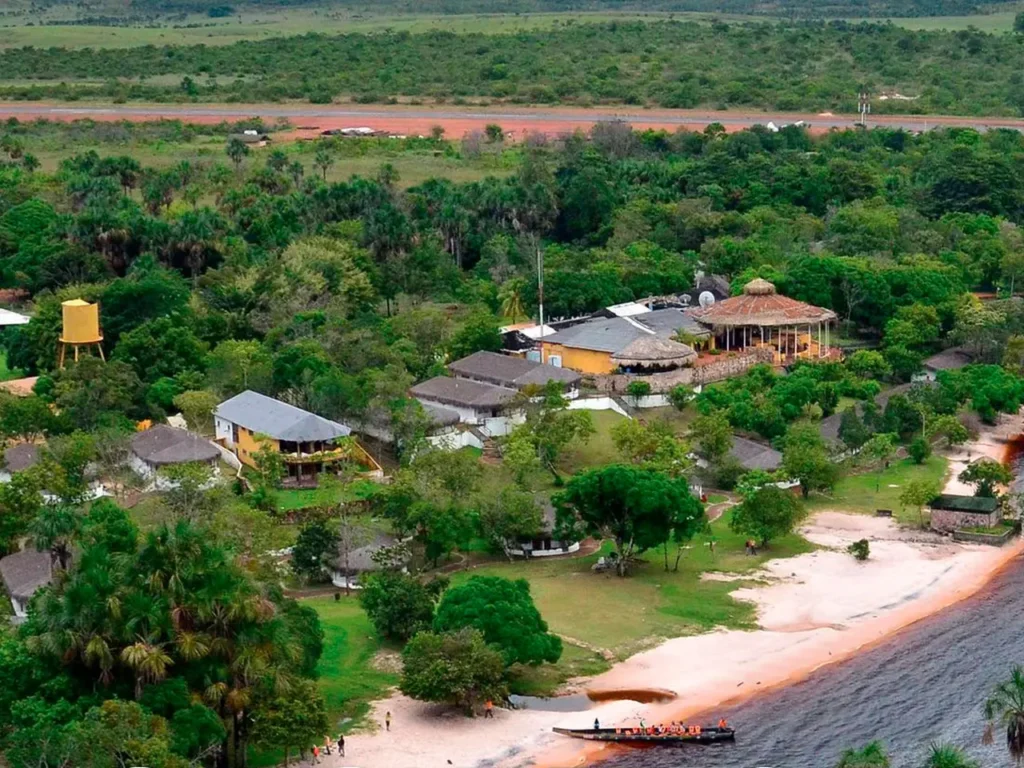
5. Kavak Lodge: Kavak Lodge is an eco-lodge located on the outskirts of Canaima National Park. It provides comfortable accommodations in rustic-style cabins and offers various activities, including hikes, river excursions, and cultural experiences with the local Pemon community.
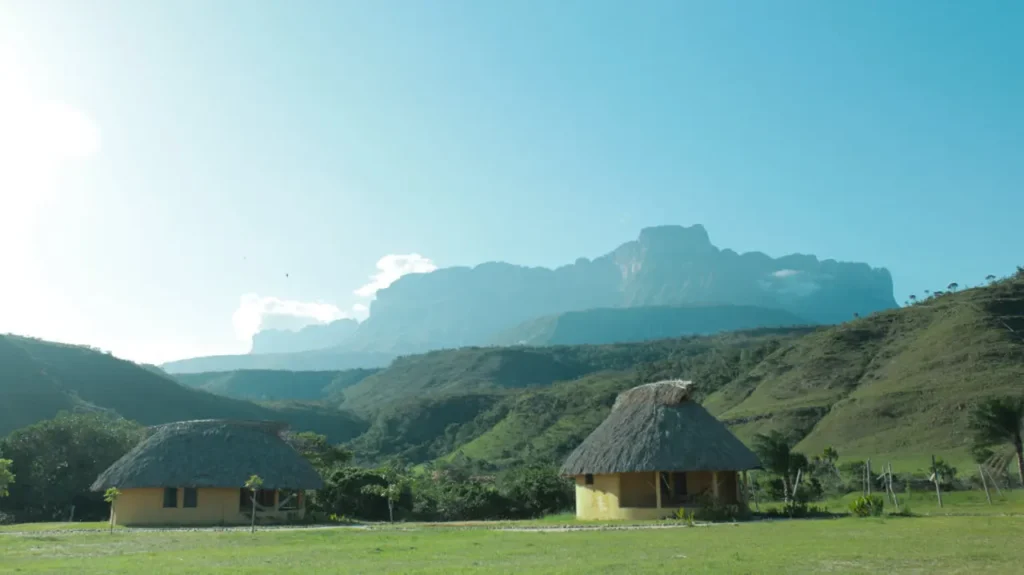
6. Mayupa Lodge: Mayupa Lodge is a remote lodge located near Mayupa Rapids on the Carrao River. It offers comfortable accommodations, a restaurant, and access to nearby attractions. The lodge provides a peaceful and secluded setting surrounded by nature.
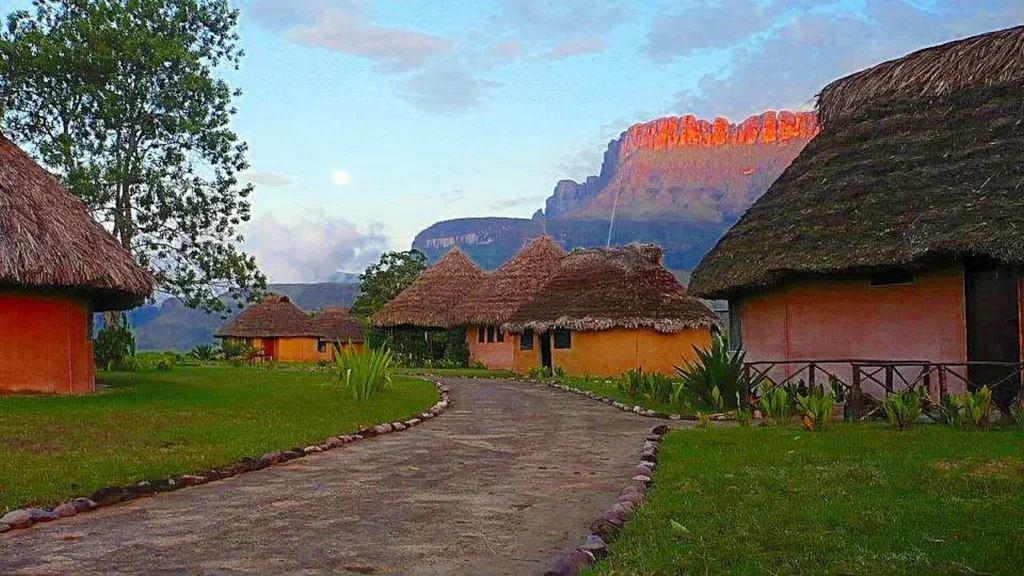
7. Other Options: In addition to the above, there are several other lodges, camps, and guesthouses available in and around Canaima National Park. These options may vary in terms of amenities, comfort levels, and pricing. It’s advisable to research and book accommodations in advance to secure your preferred choice.
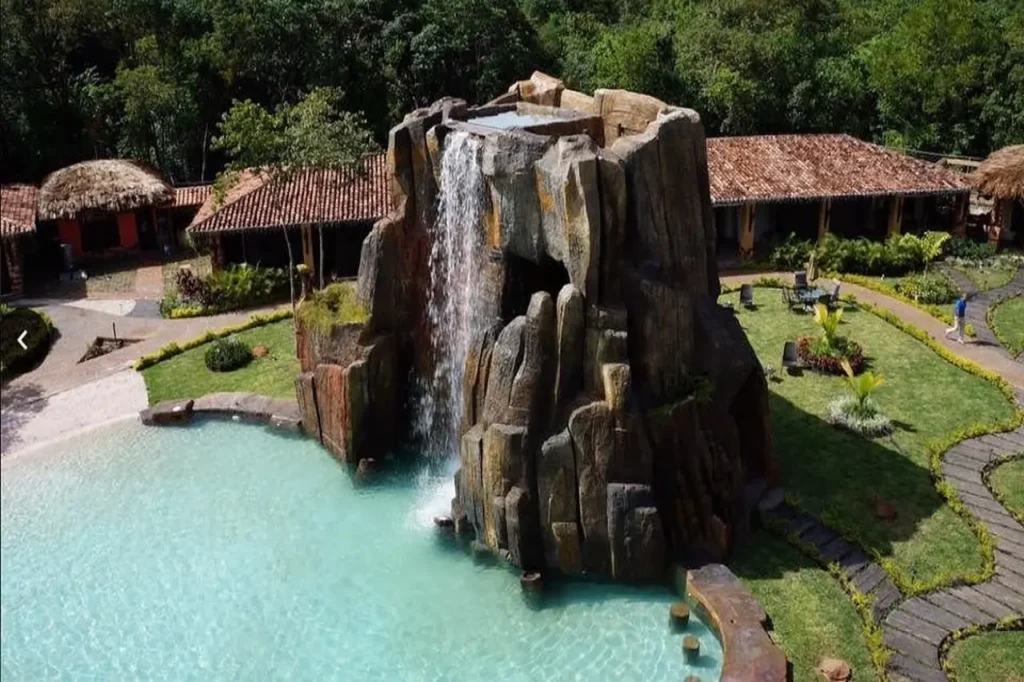
When planning your stay, consider factors such as location, proximity to attractions, available facilities, and budget. Additionally, keep in mind that some accommodations may have limited availability, particularly during peak tourist seasons.
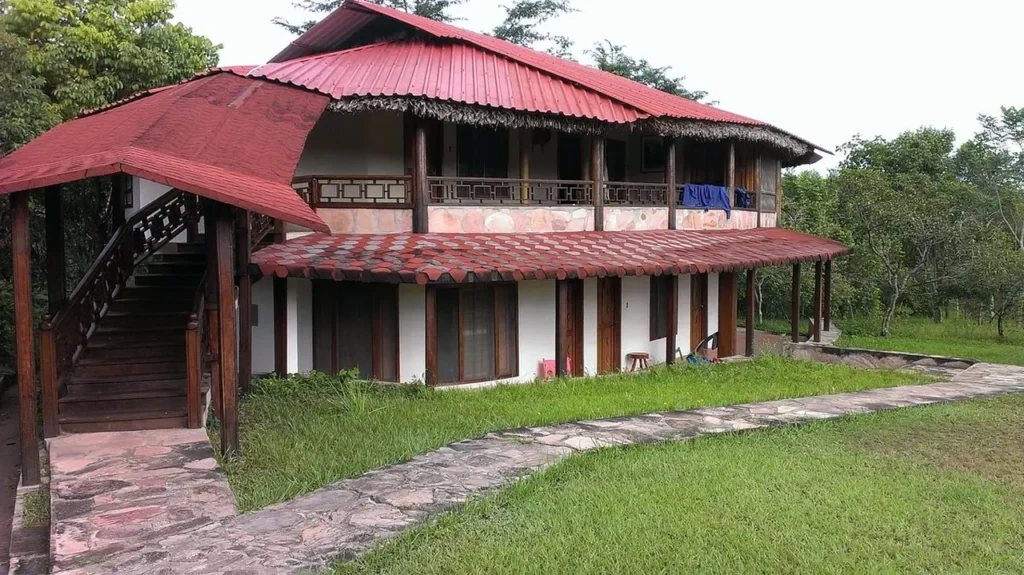
Some notes when visiting Canaima National Park
When planning a visit to Canaima National Park, there are a few important considerations to keep in mind. Here are some things to pay attention to:
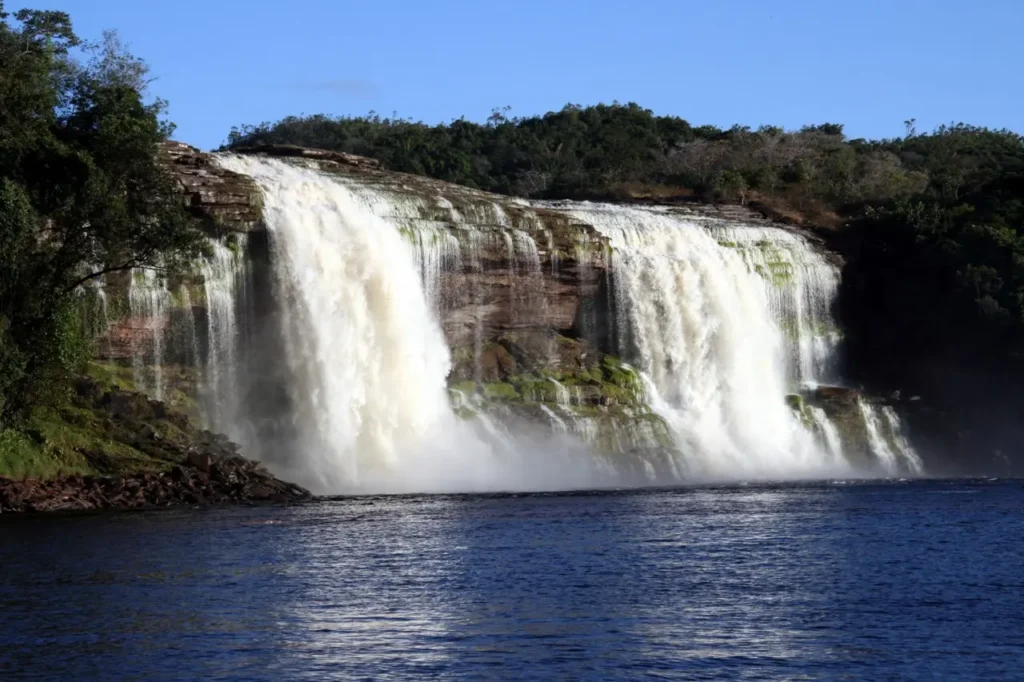
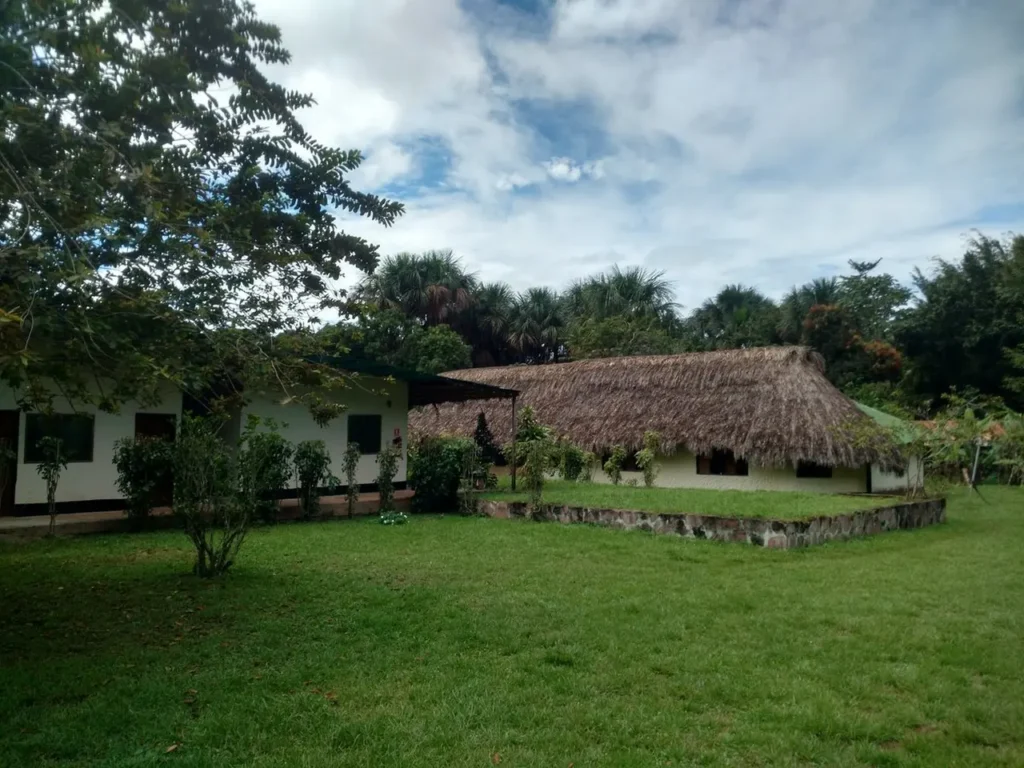
- Entry Requirements: Check the entry requirements for Venezuela, as well as any specific requirements for visiting Canaima National Park. This may include visas, passports, or other travel documents. Ensure you have the necessary paperwork and comply with all entry regulations.
- Local Regulations: Familiarize yourself with the park’s regulations and guidelines. Respect the park’s rules regarding activities, wildlife conservation, waste disposal, and interactions with indigenous communities. This will help preserve the park’s natural beauty and cultural heritage.
- Weather and Climate: Consider the weather and climate conditions during your intended visit. Pack appropriate clothing and gear based on the expected temperatures, rainfall, and humidity levels. Be prepared for changing weather conditions and carry essentials such as sunscreen, insect repellent, and rain gear.
- Health and Safety: Prioritize your health and safety during your visit. Consult with a healthcare professional regarding any necessary vaccinations or medications for traveling to Venezuela. Take precautions to prevent mosquito bites and be mindful of potential risks associated with outdoor activities in the park.
- Local Guides and Tour Operators: Consider engaging the services of local guides or tour operators who have experience and knowledge of the park. They can provide valuable insights, ensure your safety during activities, and enhance your overall experience by offering in-depth information about the park’s flora, fauna, and cultural significance.
- Transportation: Research and plan your transportation to and within the park. Canaima National Park is typically accessed via flights from Ciudad Bolivar or Puerto Ordaz to Canaima Airport. From there, local guides or tour operators can assist with arranging transportation to specific areas within the park.
- Accommodation and Camping: If you plan to stay overnight in the park, make sure to book accommodations or camping sites in advance. Canaima National Park offers various options, including lodges, campsites, and rustic accommodations. Ensure you have the necessary equipment and provisions if you plan to camp.
- Cultural Sensitivity: Show respect for the local indigenous communities and their customs. Seek permission before taking photographs or engaging in any activities that may impact their privacy or cultural practices. Respect their traditional territories and follow any guidance provided by the local communities.
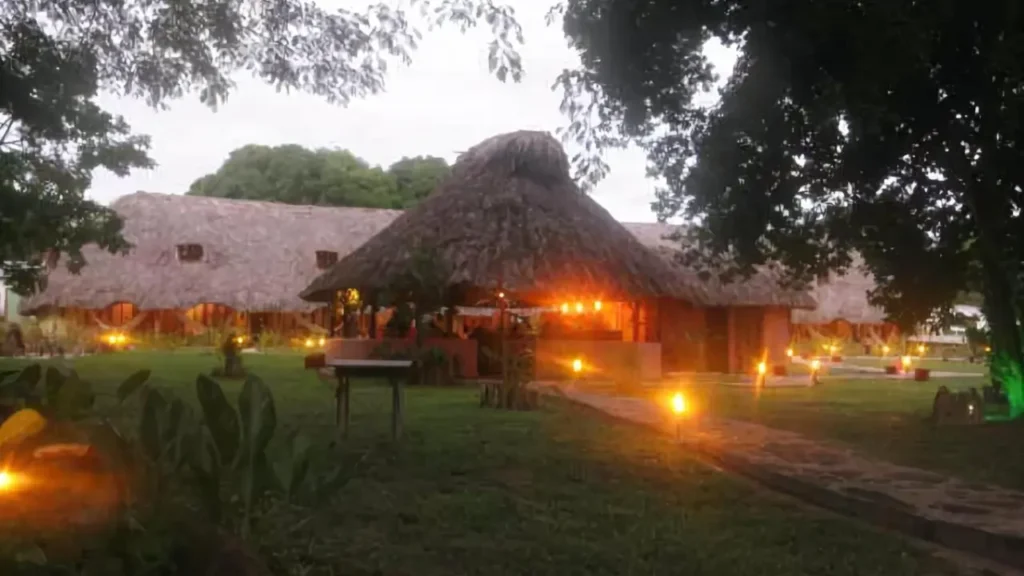
By paying attention to these factors and doing thorough research, you can have a safe and enjoyable visit to Canaima National Park while respecting its natural and cultural heritage.
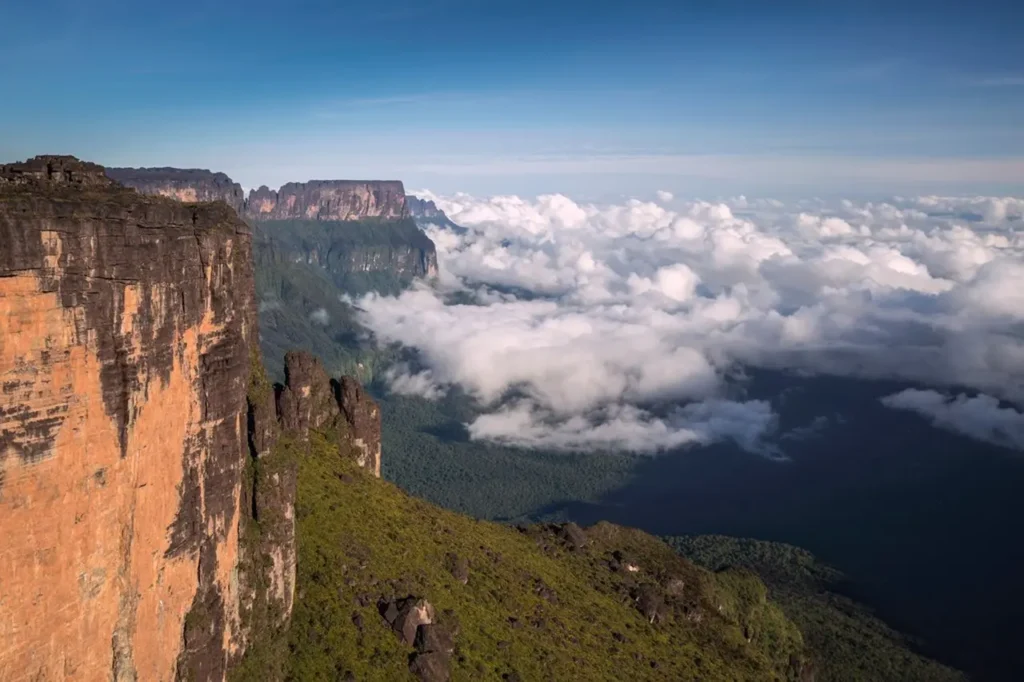
Hope this article is useful for readers. Please visit our website regularly for discover more interesting places in the world!

